Last summer in Sicily, above the town of Palazzolo Acreide, in the Province of Syracuse, we found ourselves at the site of the ancient Greek city of Akrai. Nowadays a collection of stones, still being excavated, and the quarries from which they came, later occupied as cave homes and catacombs.
Beyond the church of the Immacolata a road continues westwards up to the entrance to the remains of ancient Greek Akrai. It is a well-kept site, with signposted pathways offering splendid views over the area and its surroundings. The path from the ticket booth leads past a long stretch of the decumanus, the main street, constructed in basalt and later altered by the Romans. A gap in the dry-stone wall to the left takes you to the small theatre (seating for 600), built in the late 3rd century BC, which is well preserved and now used regularly in spring for Greek drama presented by school students…
To the left of the theatre various paths lead to two stone quarries with traces of a heroic cult and of later Christian occupation. The path furthest from the theatre leads to the small site antiquarium, across from which niches can be seen in the quarry face (they were formerly closed with commemorative plaques carved with reliefs and inscriptions) and an interesting funerary bas-relief of c.200BC, showing a complicated scene in which a warrior is making a sacrifice and two adults recline on a couch. Further on from the relief are extensive Byzantine catacombs carved into the rock, some of which were adapted by the Arabs as dwellings. The larger family chapels are decorated with unusual lattice-work transennae.
The path closest to the theatre leads into a quarry in which a smaller network of Byzantine catacombs can be visited. The middle path curves up to the highest point of the site, from which the views are magnificent. A fenced-off area contains the foundations of a peristyle temple of Aphrodite (6th century BC) and the foundations of a number of cult buildings, possibly from an adjacent sanctuary of Demeter. From here another path drops down towards the entrance, passing on the left a second sanctuary (probably dedicated to Persephone), of 3rd-century date. It contained a circular temple covered by a cupola with a circular opening in the centre, supported on girders of terracotta (no longer in situ, but preserved): the holes for them are visible in the walls and the pavement survives.
A nice collection of ancient wheelbarrows
A figleaf-shaded cave house
It’s always nice to be invited in
I can show myself around
Excuse me if I get lost for a while

Watch out for the spider at the centre of the labyrinth, the keeper of the threads, the spinner of yarns, the dreamweaver, wayfinder, trailblazer, spiraldancer, underground guardian of the cavelight website.
It often seems like the whole of subterranean Sicily is perforated with an endless maze of hand-carved rock tunnels, excavations and reoccupations of Mother Earth, from which to be repeatedly reborn.
Navel
Inside
Outside
Navel
The quarries are called the Intagliata and the Intagliatella.
The rock face is carved with countless niches, where small votive paintings or pinakes were hung.
An ancient bas-relief carving depicting a ‘sacrificial feast’.
I carve therefore I am
I am therefore I carve
A tray of freshly gleaned pottery shards
One of the first scholars to identify the site of the lost city was a Sicilian monk Tommaso Fazello (1498–1570). Subsequently others showed interest in the site, especially baron Gabriele Judica, who undertook the first archaeological excavations at the site in the early 19th century and described his findings in the book Le antichità di Acre (The Antiquities of Akrai), published in 1819. Unearthed monuments were described also by German scholar Julius Schubring. In the 20th century Akrai had been investigated by various scholars including father-founder of Sicilian archaeology Paolo Orsi (at the beginning of the 20th century), Luigi Bernabò Brea (in the 50s), Giuseppe Voza (in the 70s) and Maria Musumeci with Lorenzo Guzzardi (in the 90s). Excavations of the archaic city have revealed a theatre which is relatively small but was very well reconstructed. There are two stone quarries known as Intagliata and Intagliatella that were used as catacombs and dwellings in the late Antiquity. On the flat area above Intagliata are the foundation stones of the Aphrodision, the temple of Aphrodite, erected in the mid-6th century BC. At the western end of the site is the Bouleuterion, where the city council met. East of the hill are the Feral Temples, dedicated to the cult of the dead. Most of the researches that had been undertaken in the XXth century brought into light public architecture. Currently, the image of life in Akrai is being fulfilled by the results of researches on the residential part of the city. Greek and Roman houses have been discovered recently by a Polish mission from the University of Warsaw led by professor Roksana Chowaniec.
A panorama of Akrai
I’m looking for clues, listening to lichens, talking to lizards, watching the holes, sniffing the stones.
※




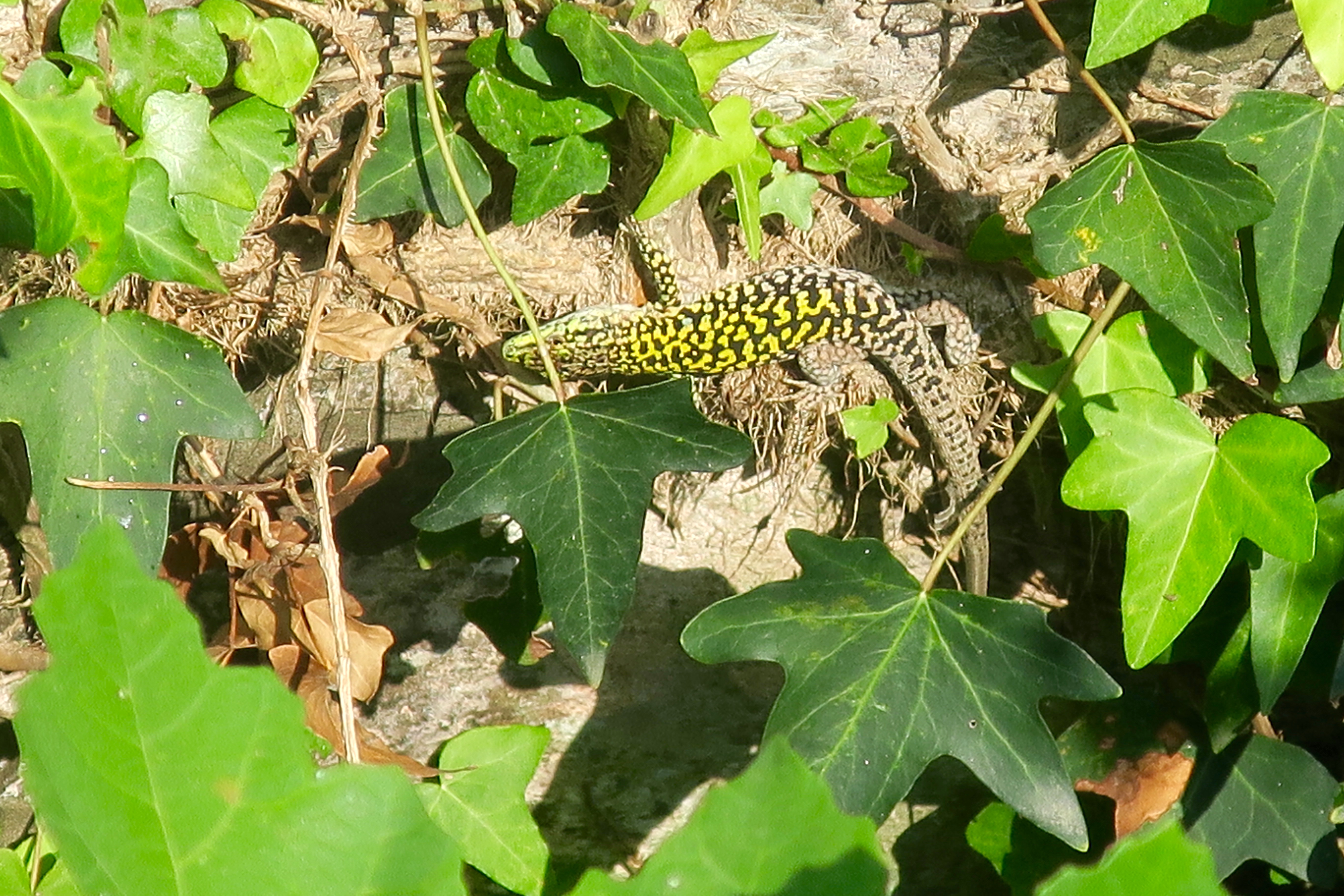
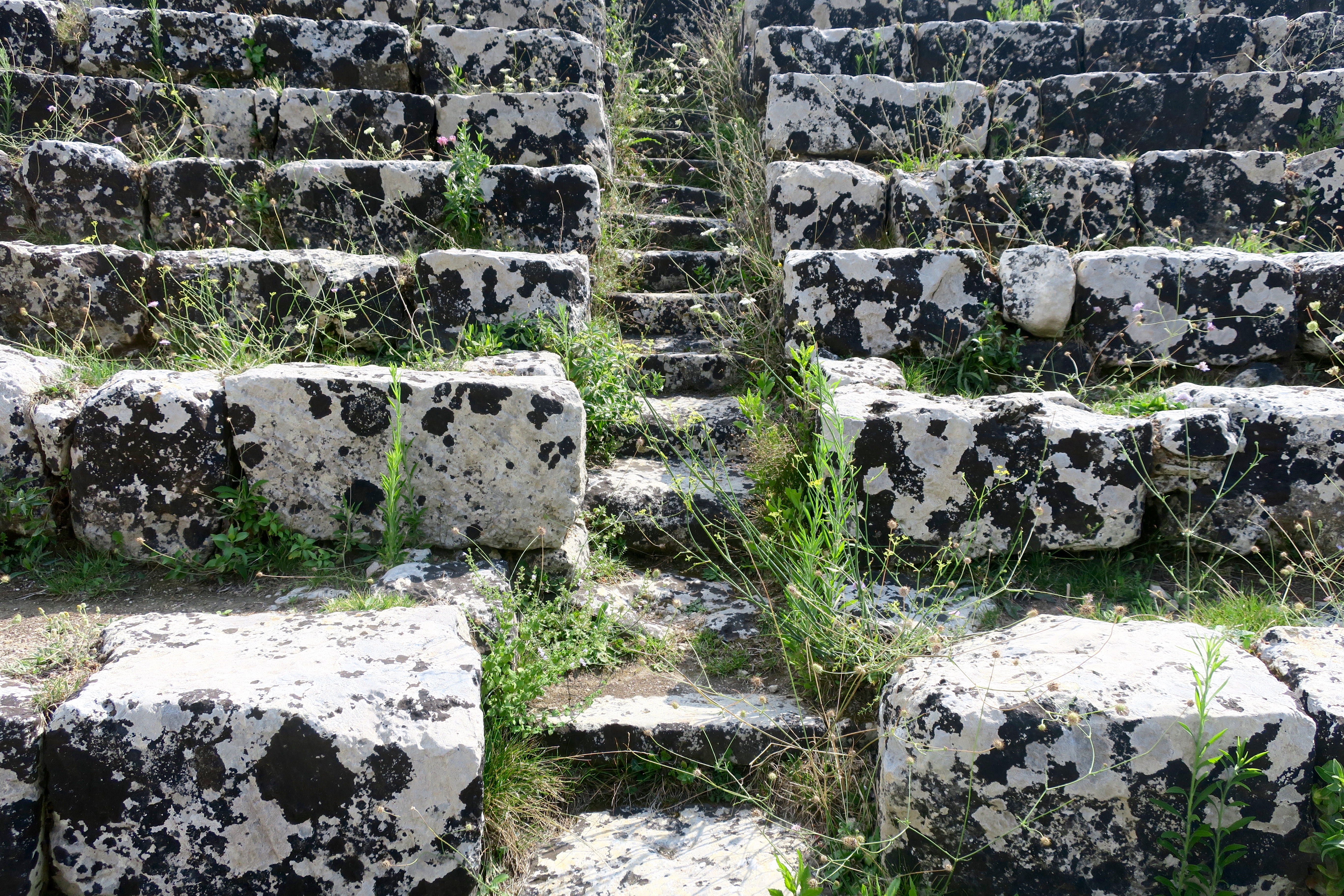

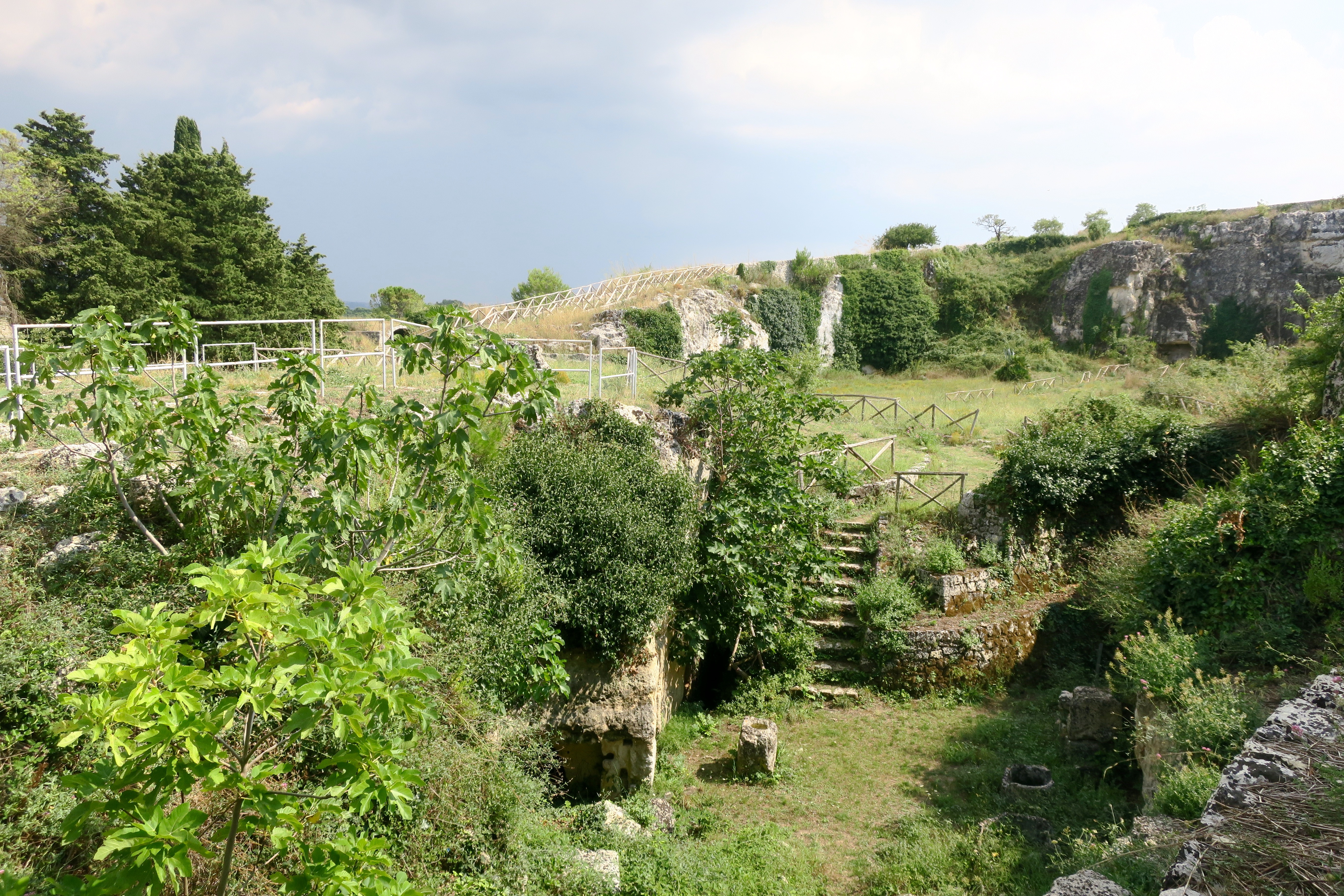

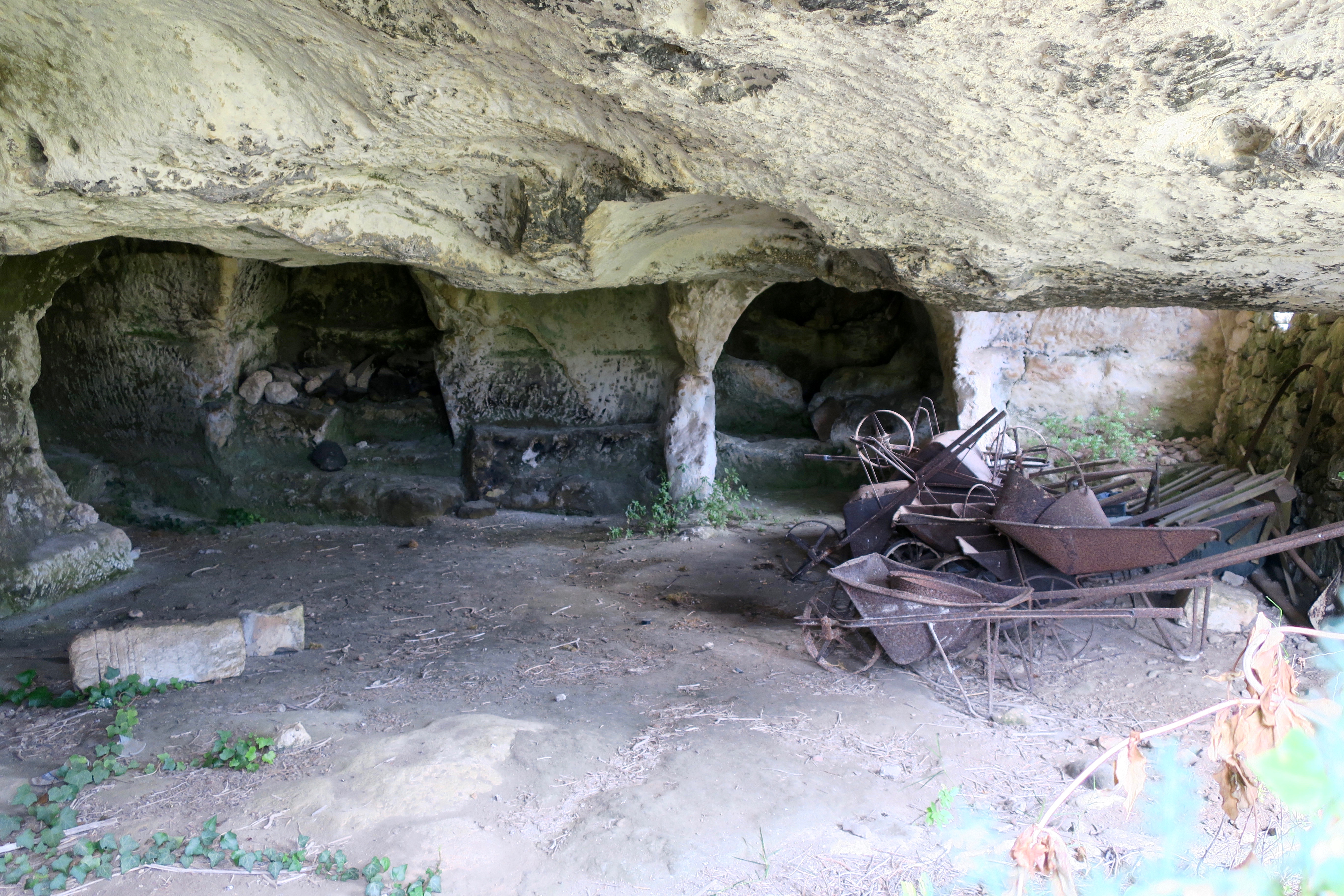




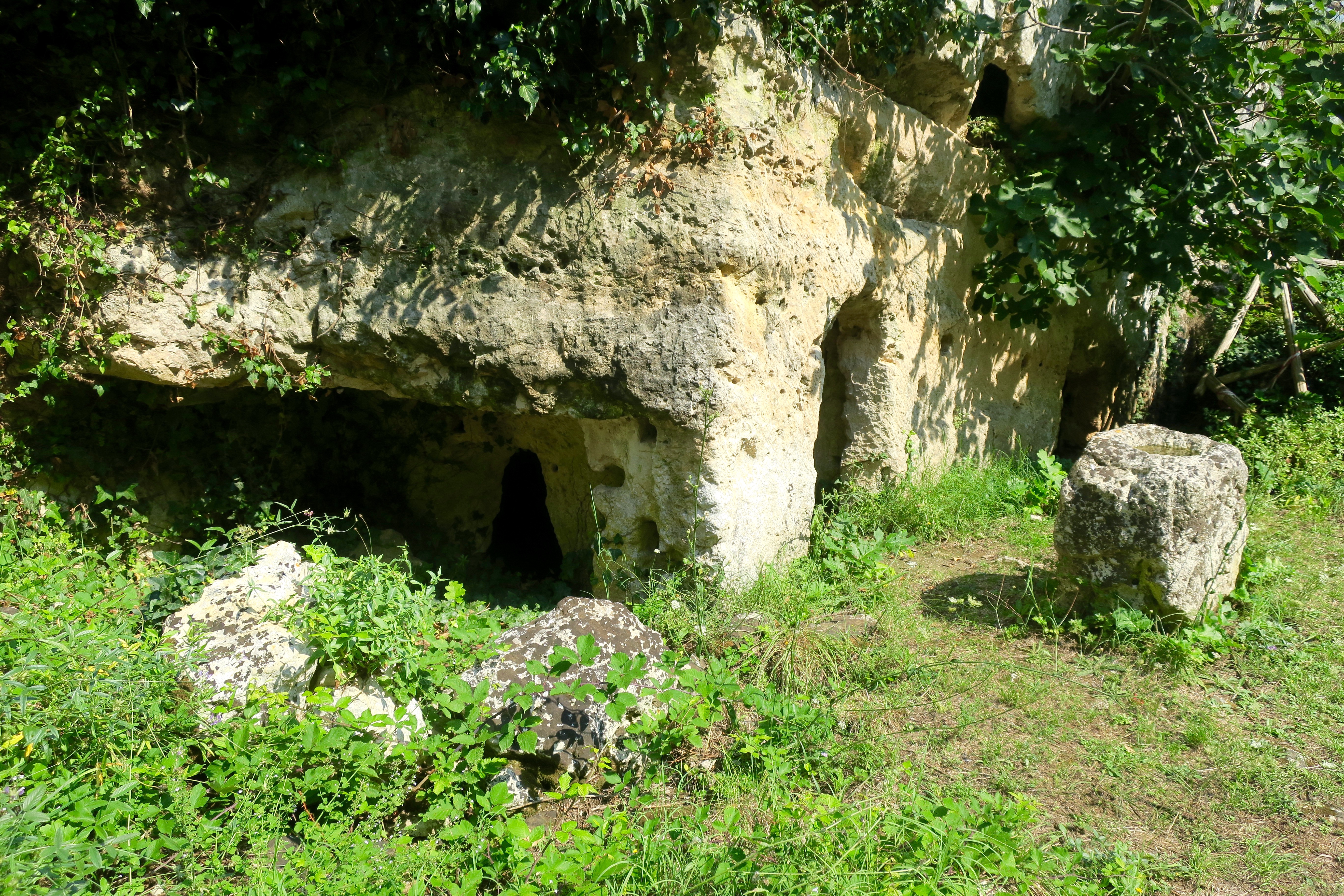
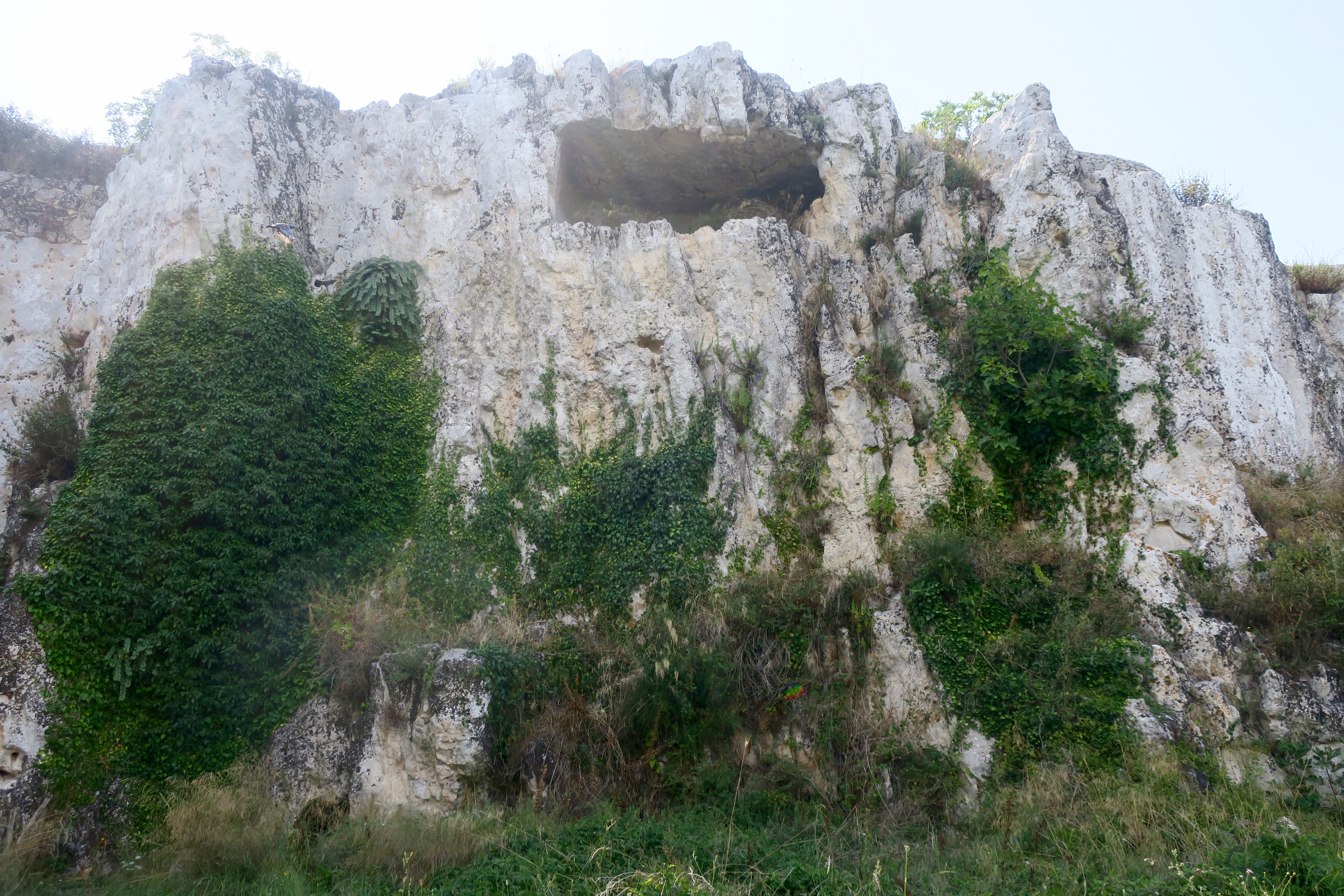



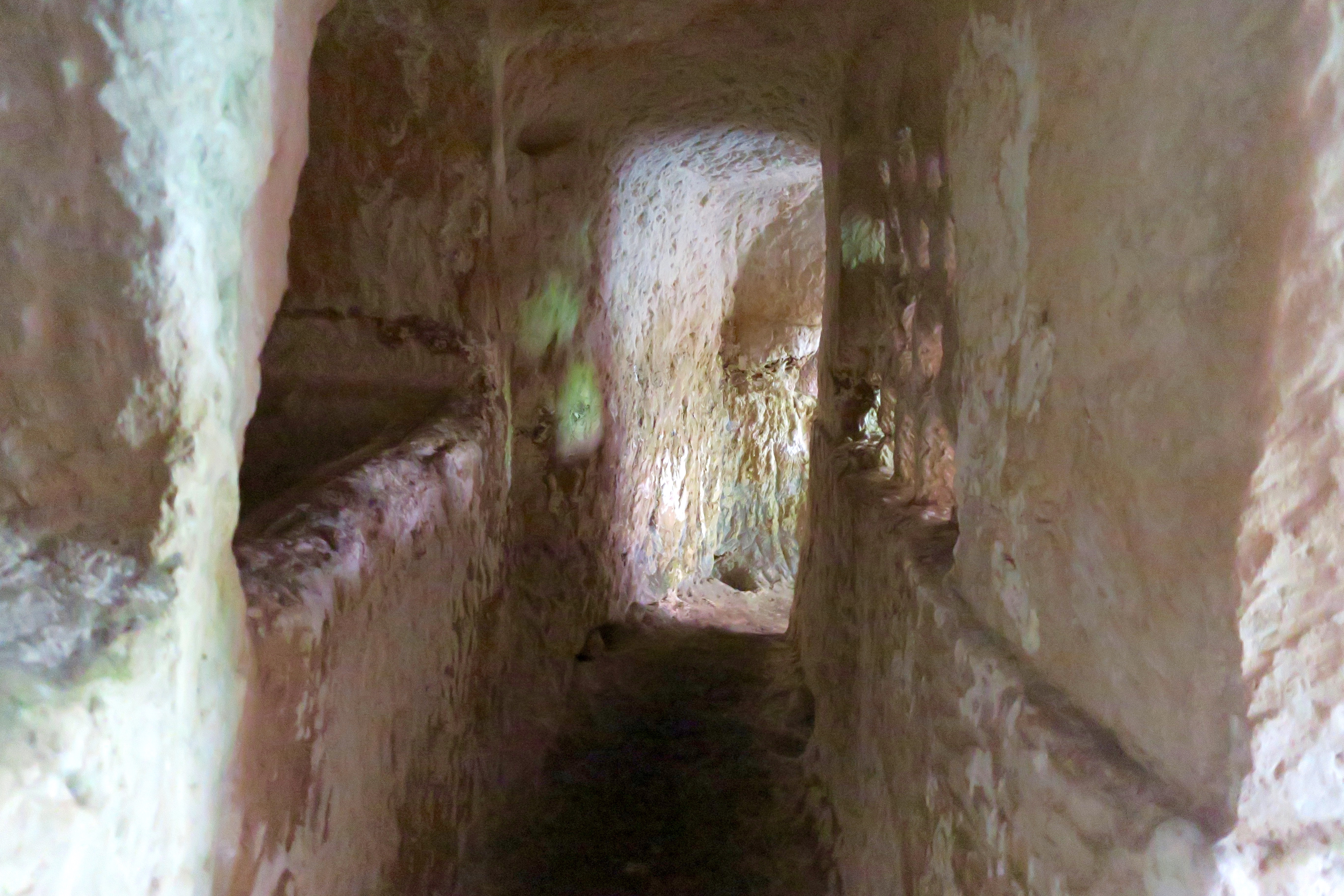
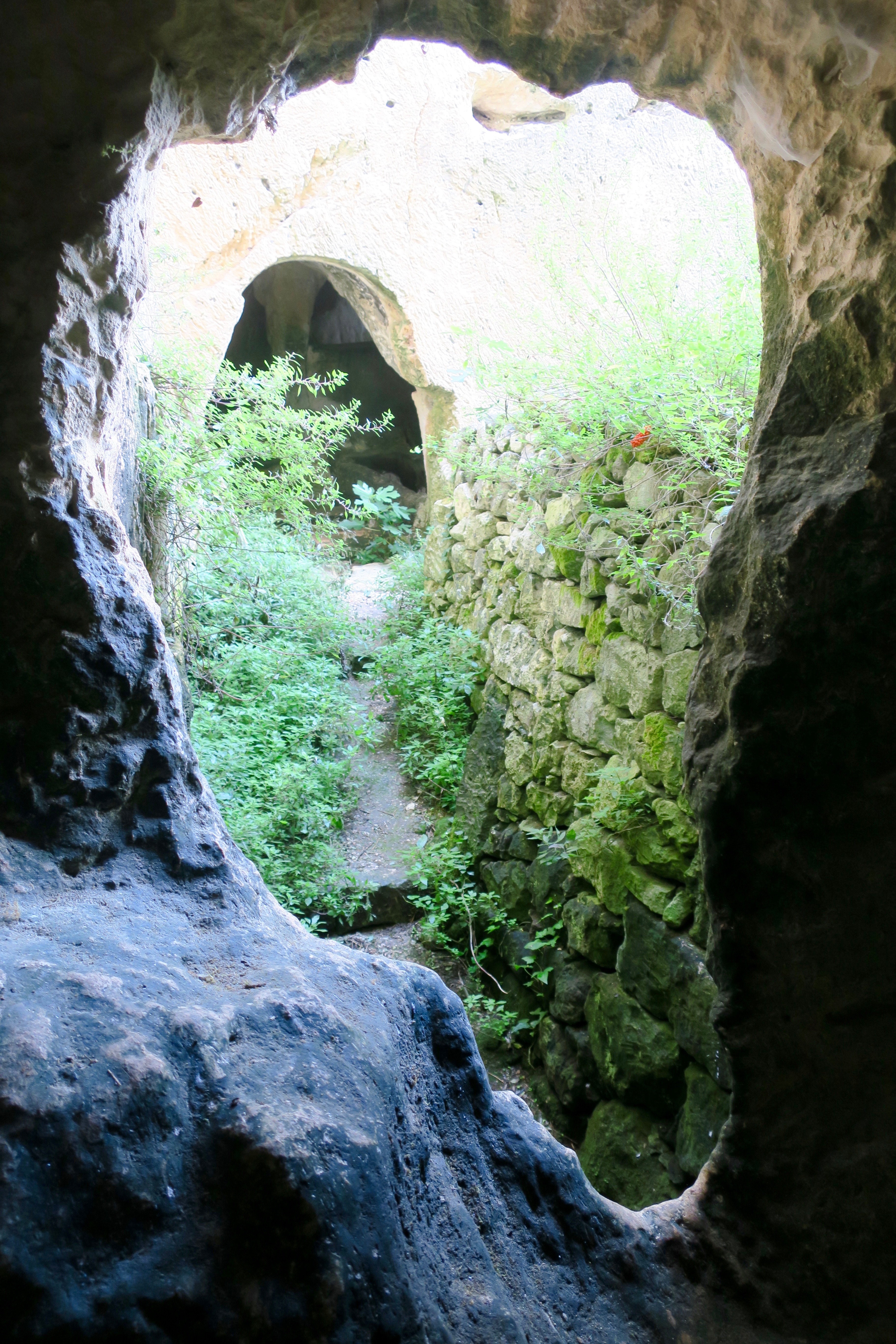
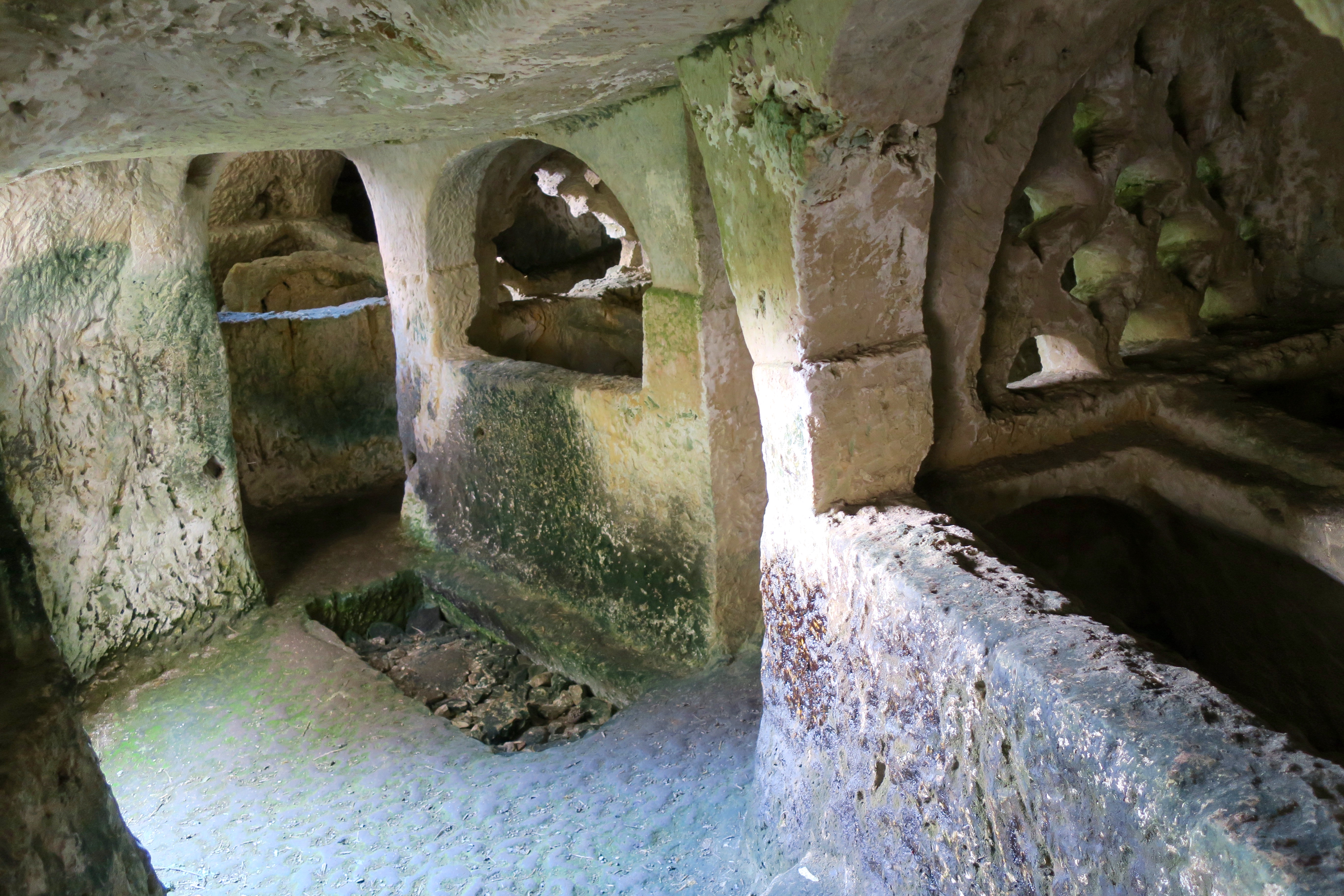
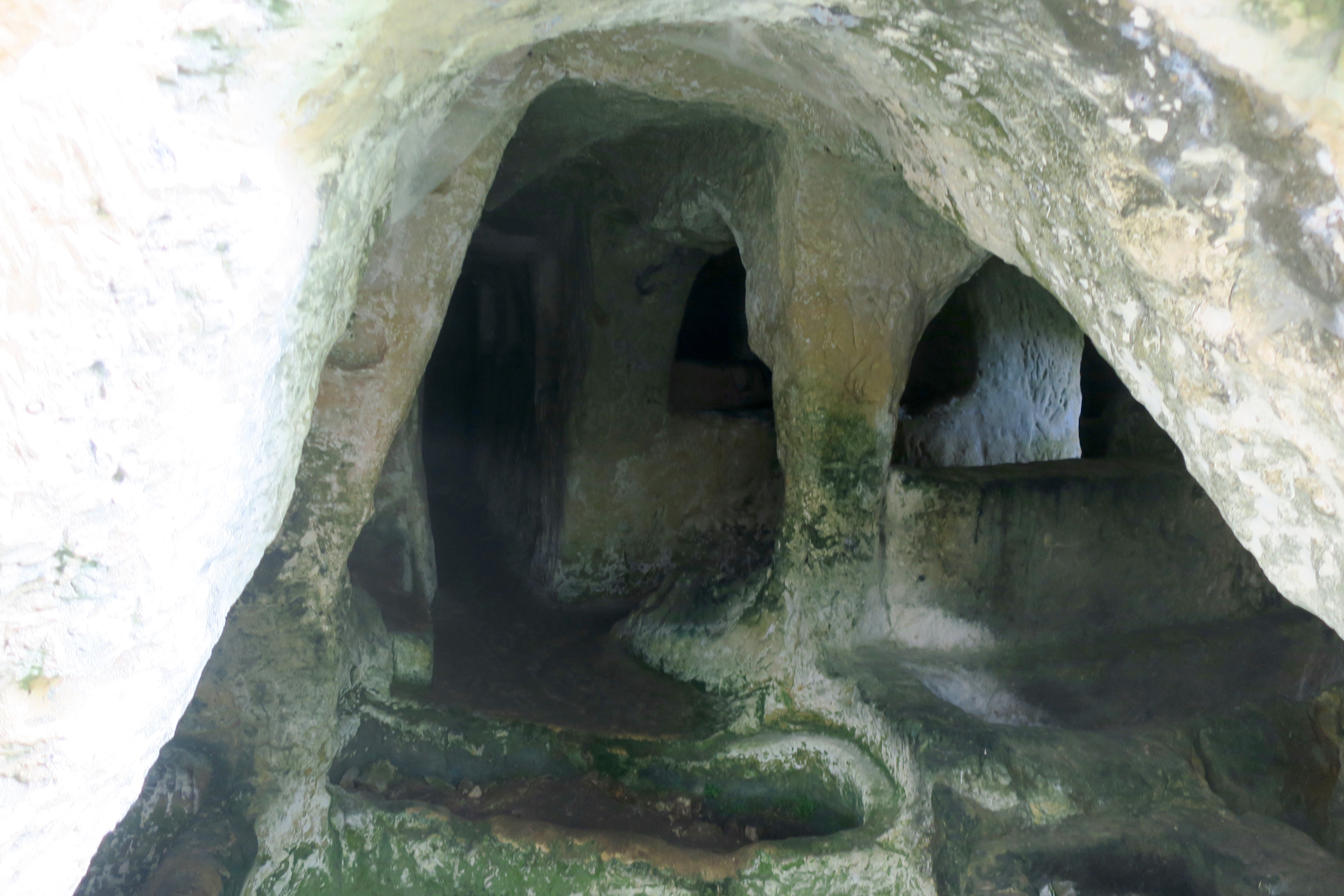



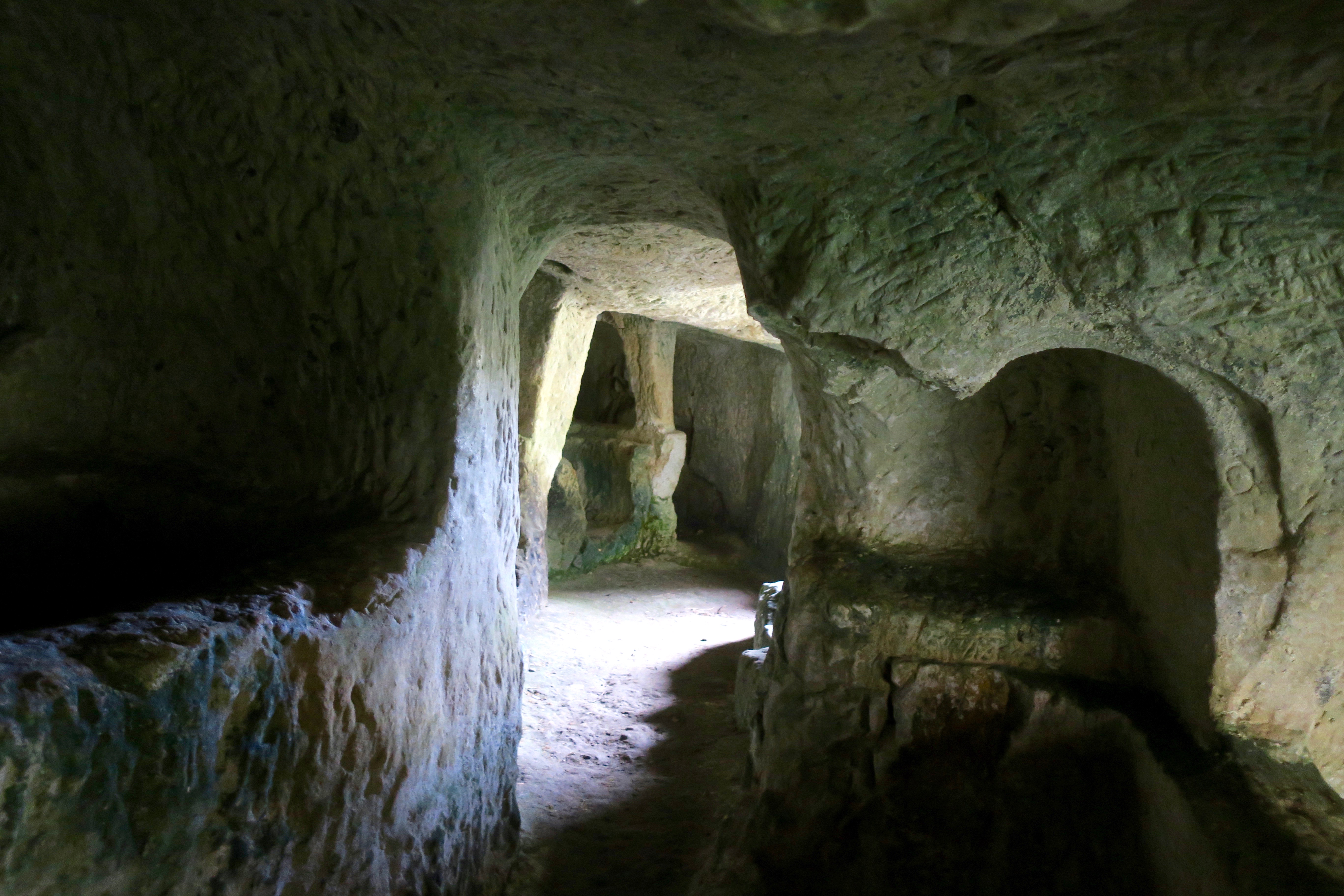




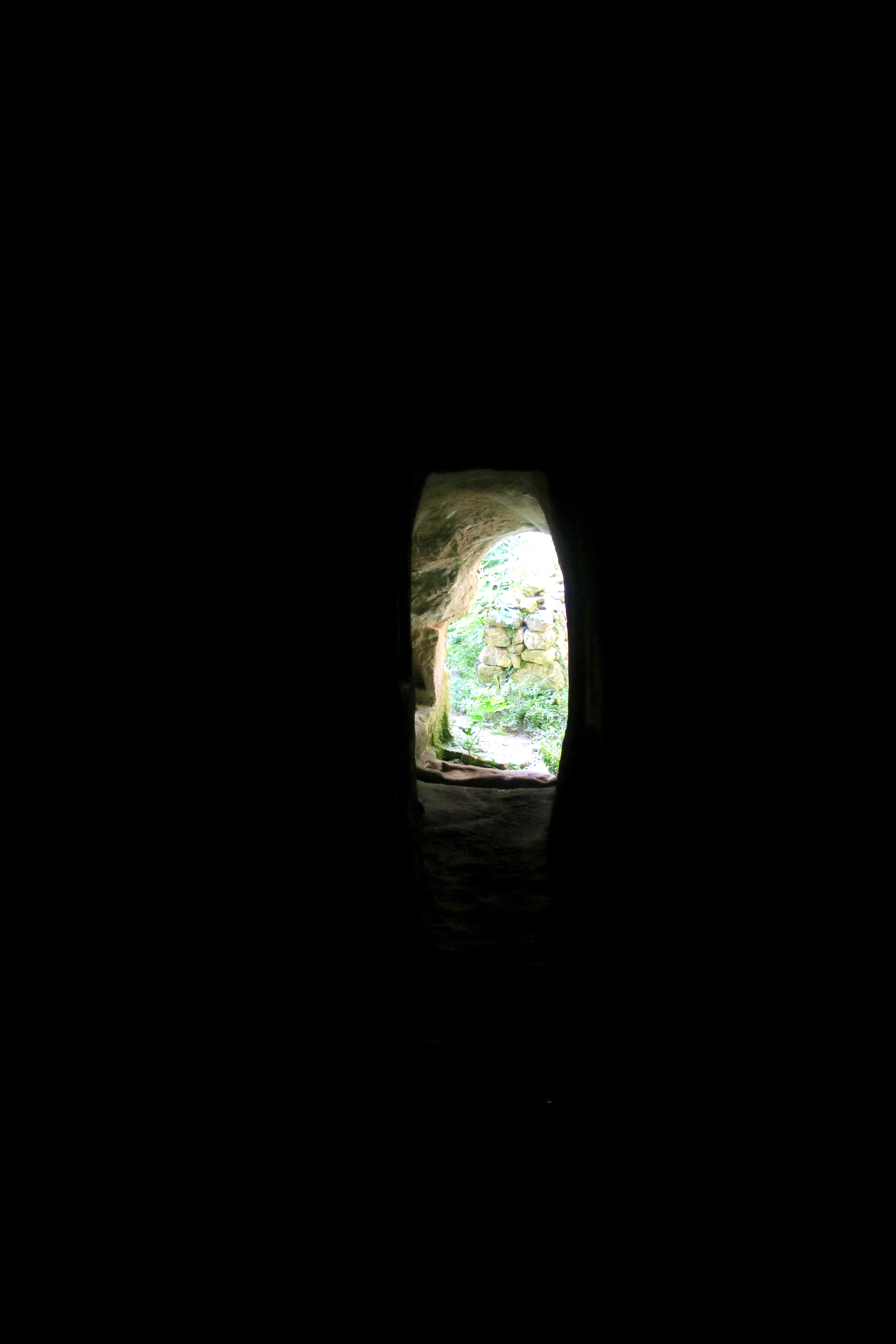
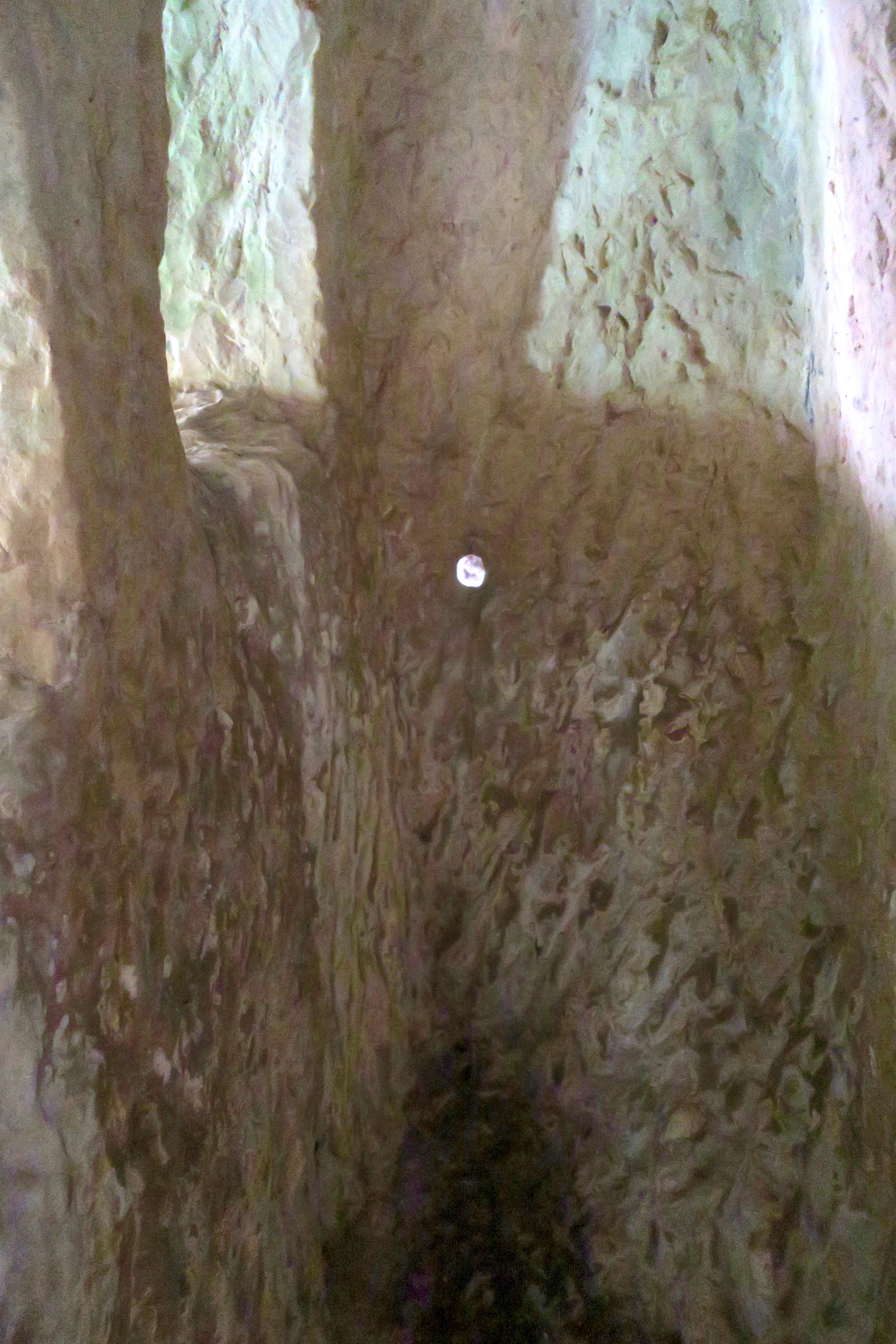
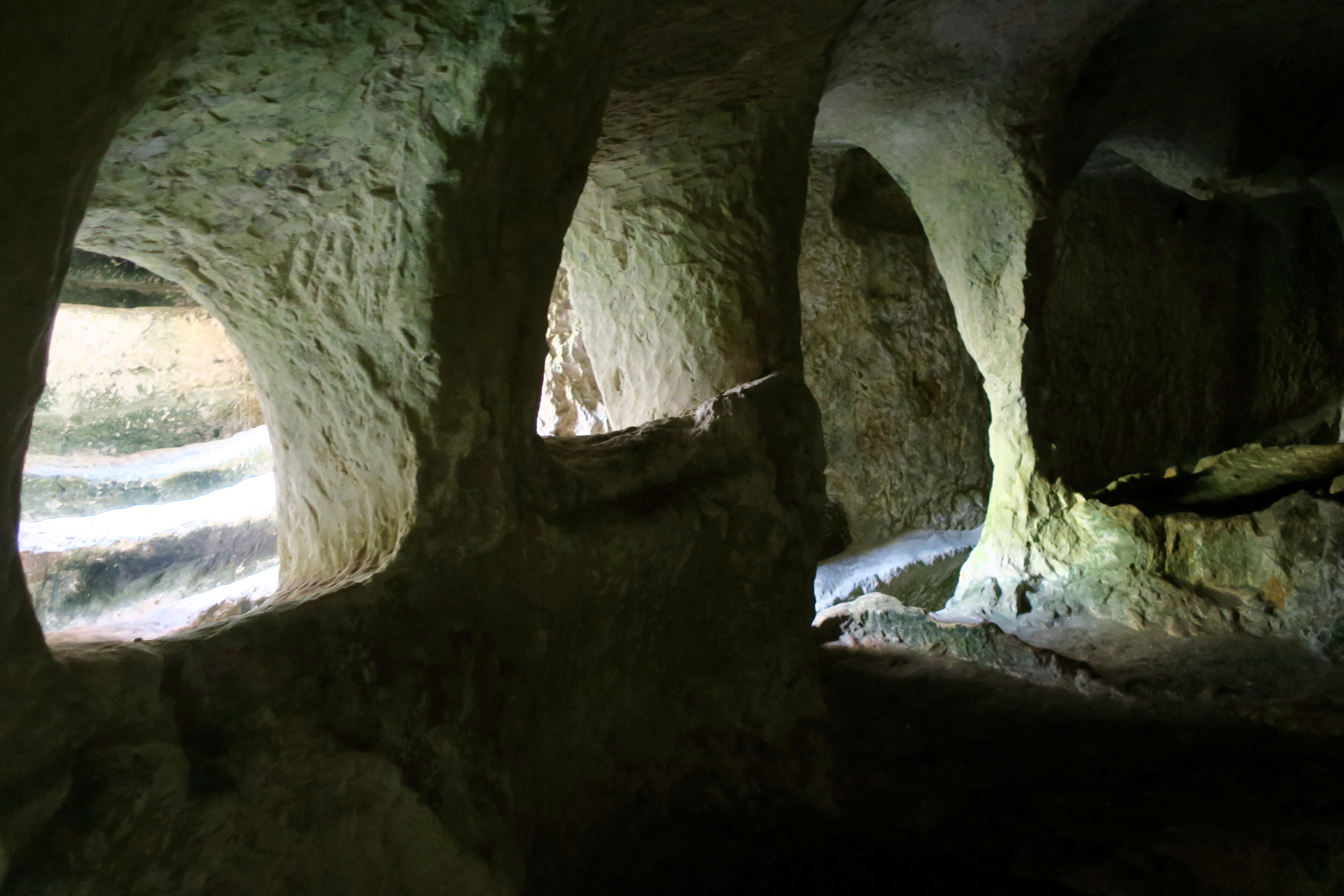



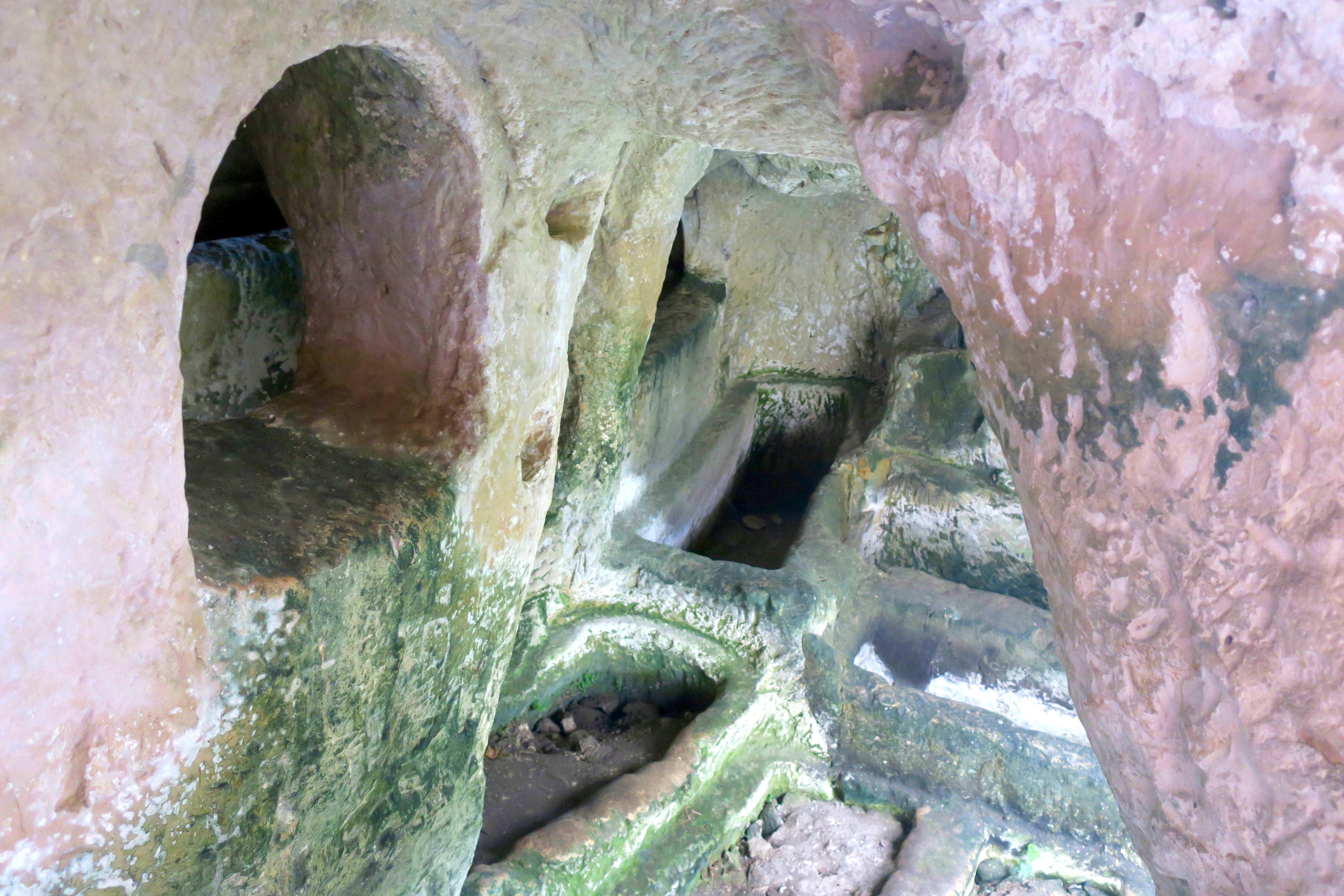
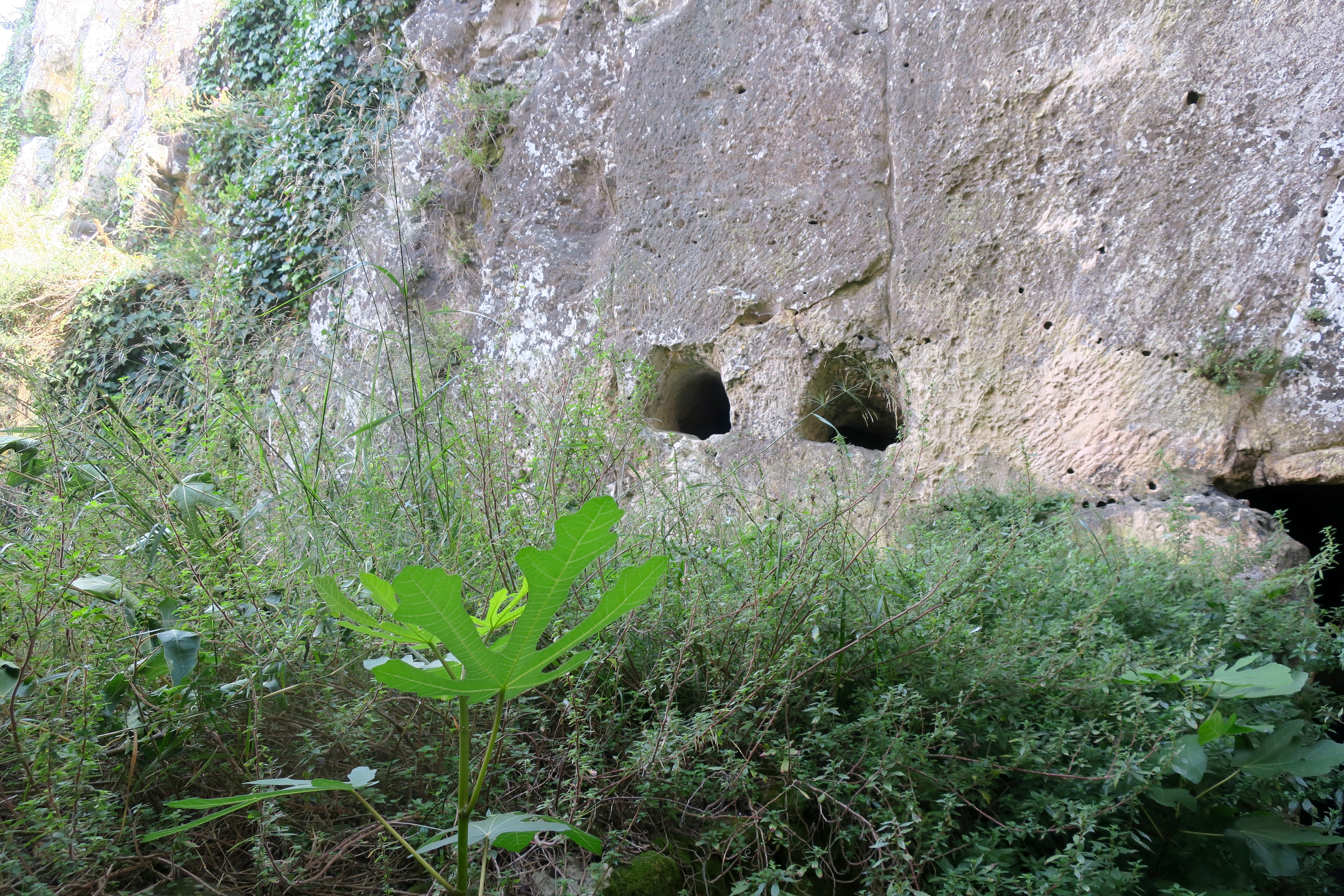

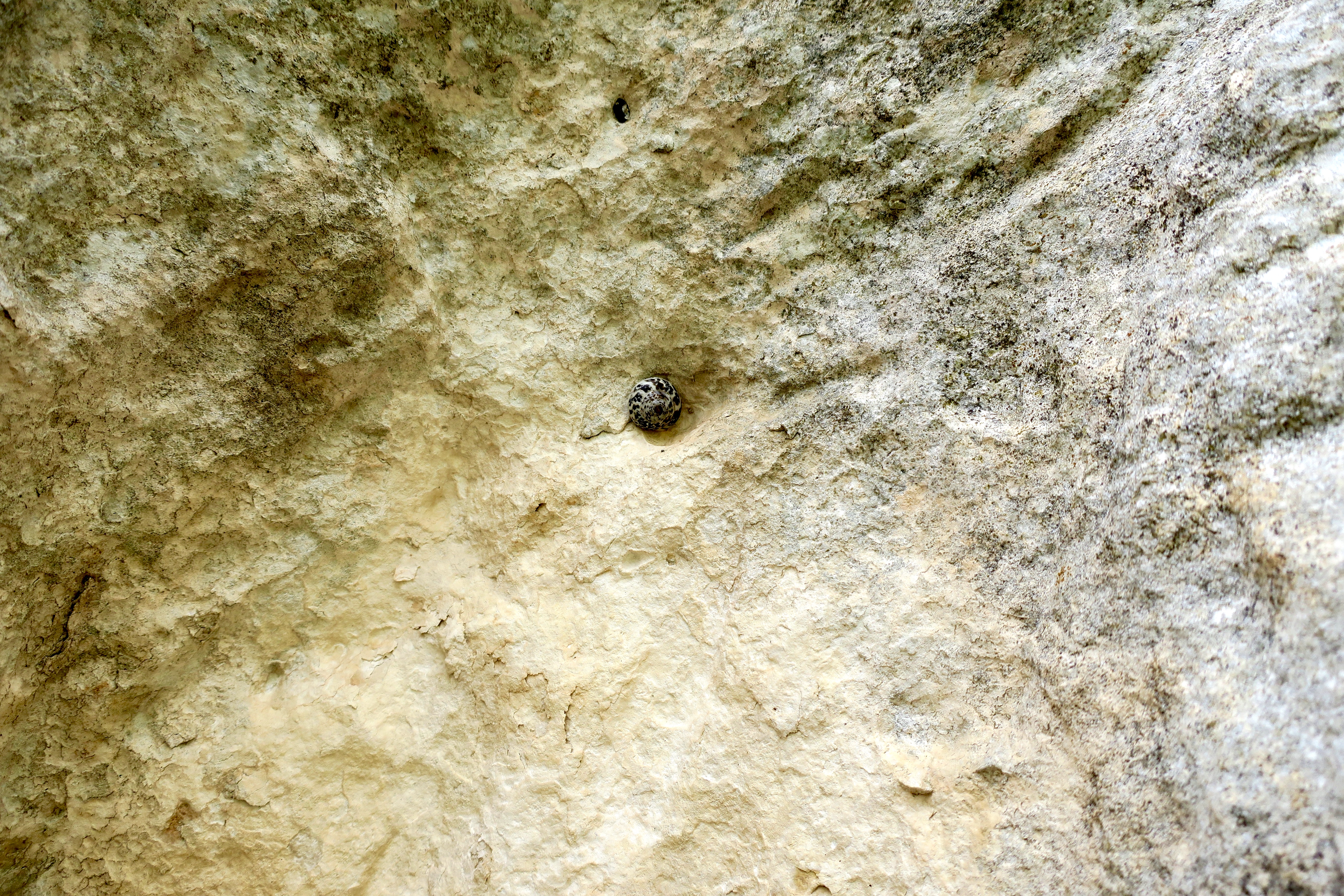
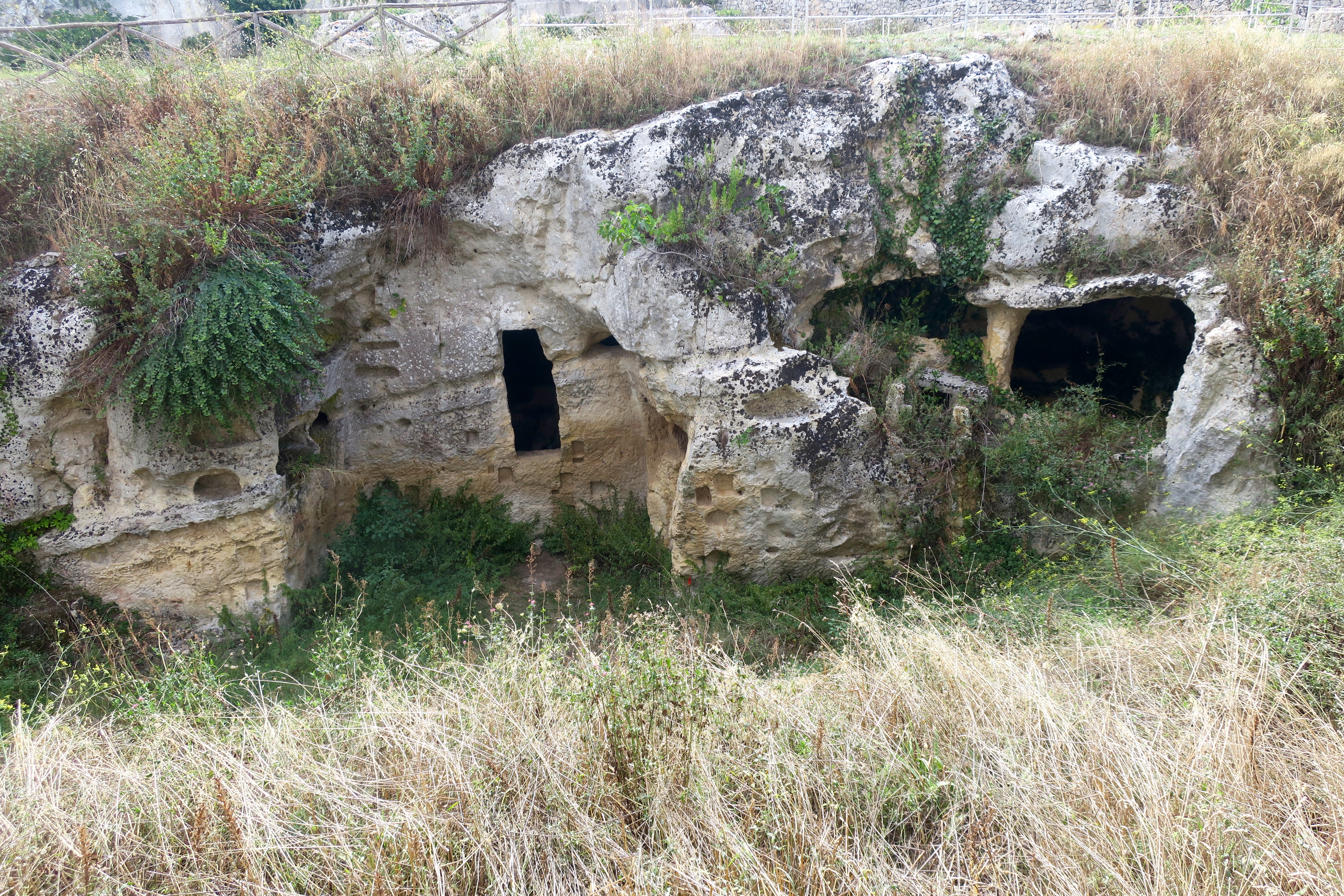
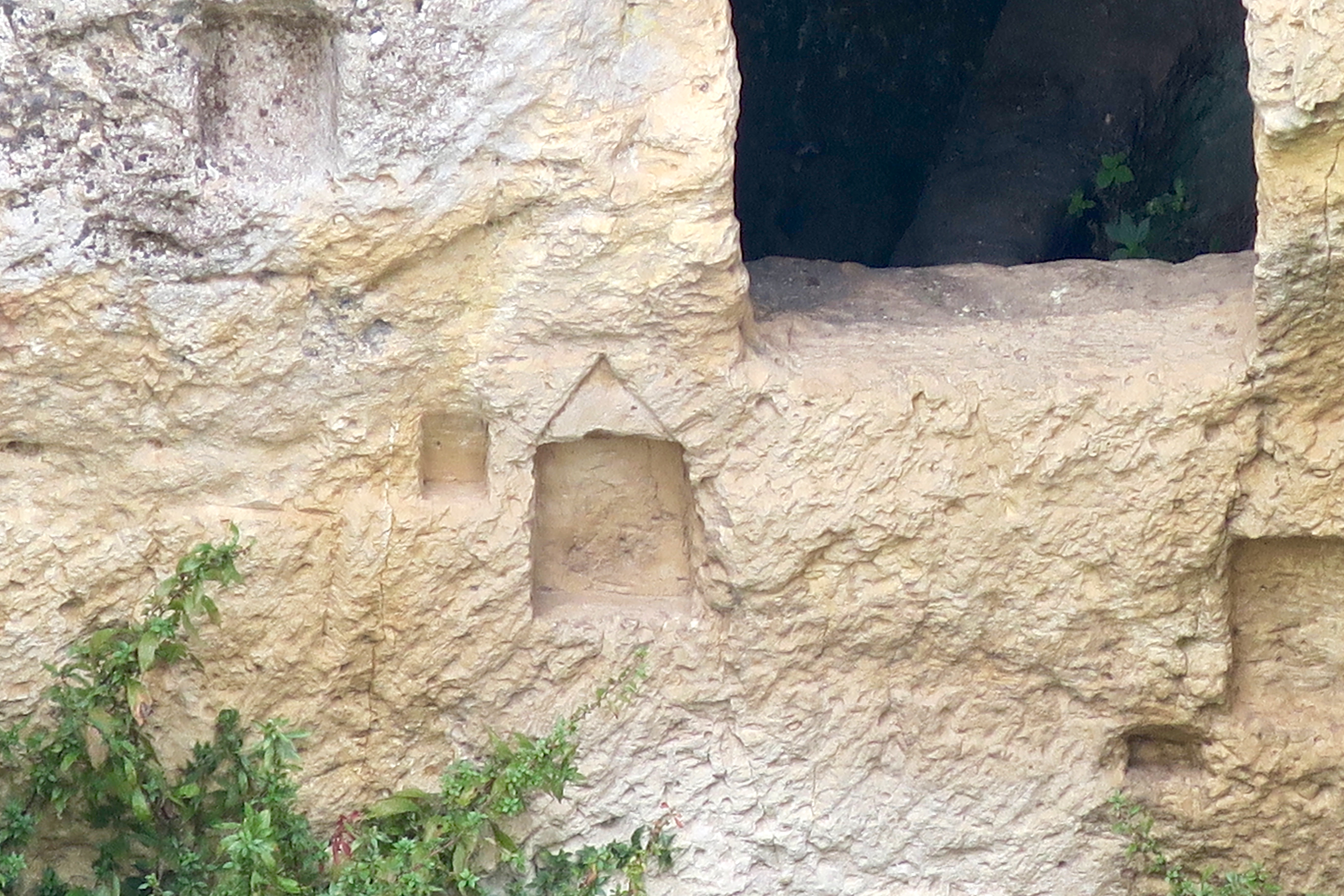
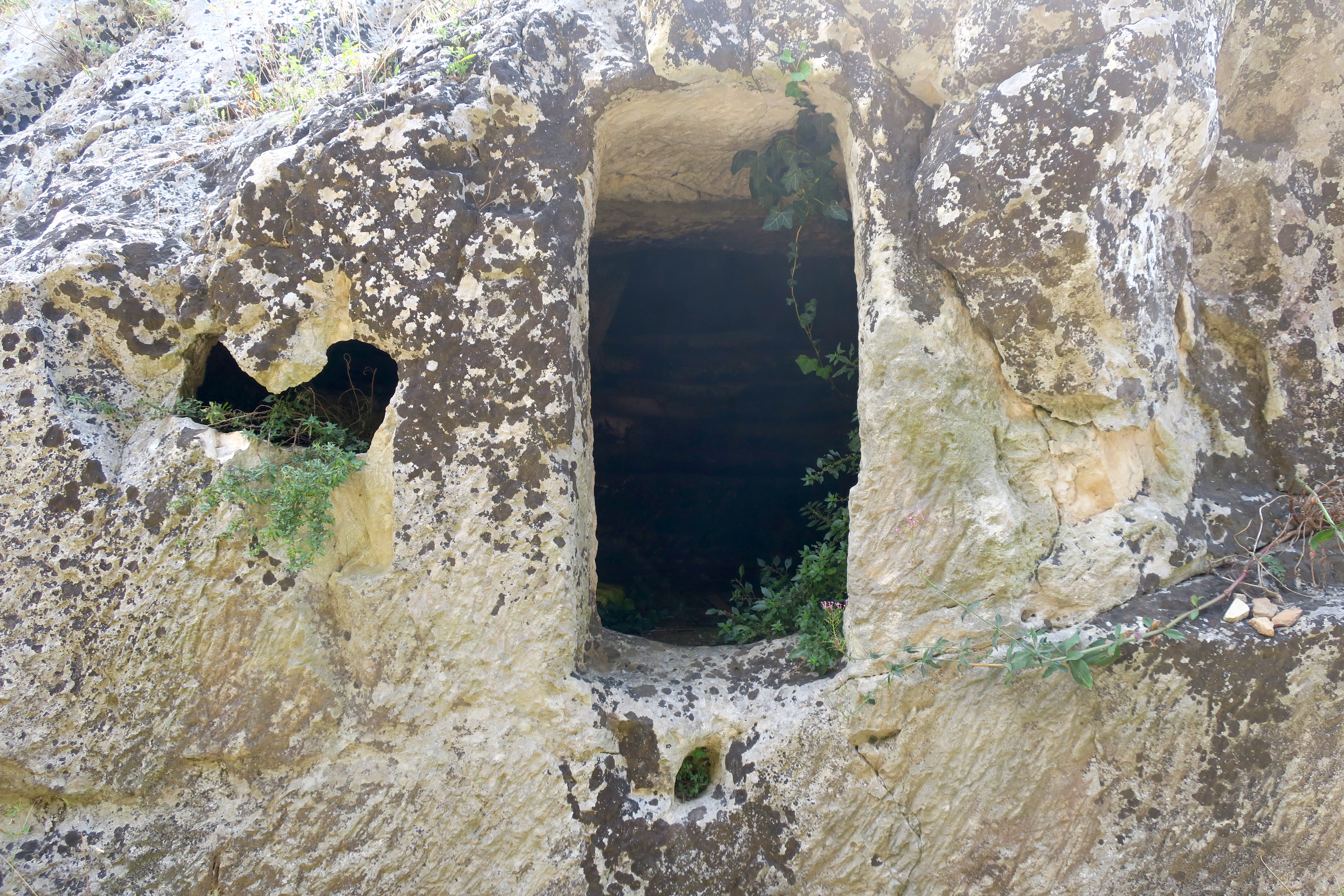
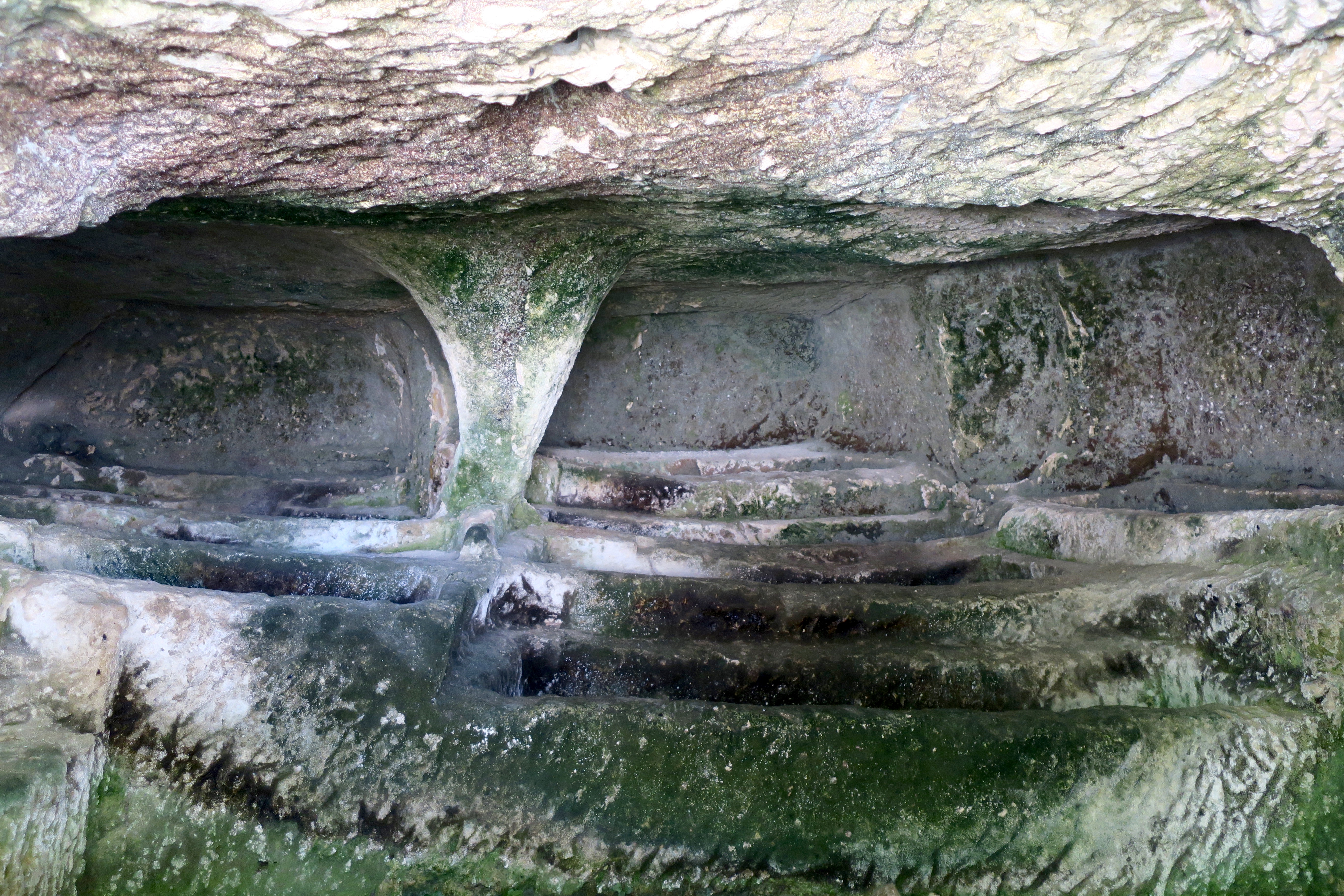


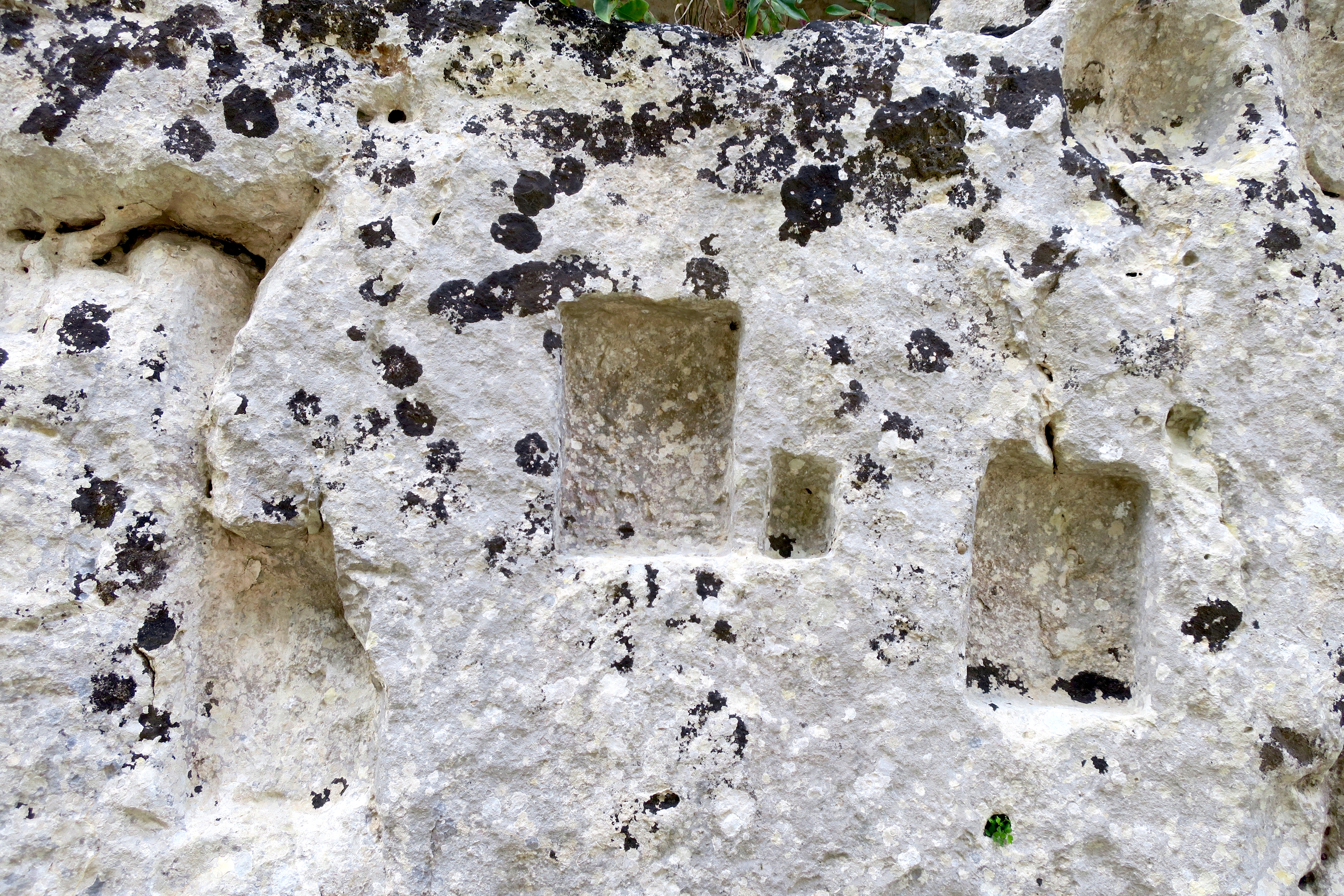


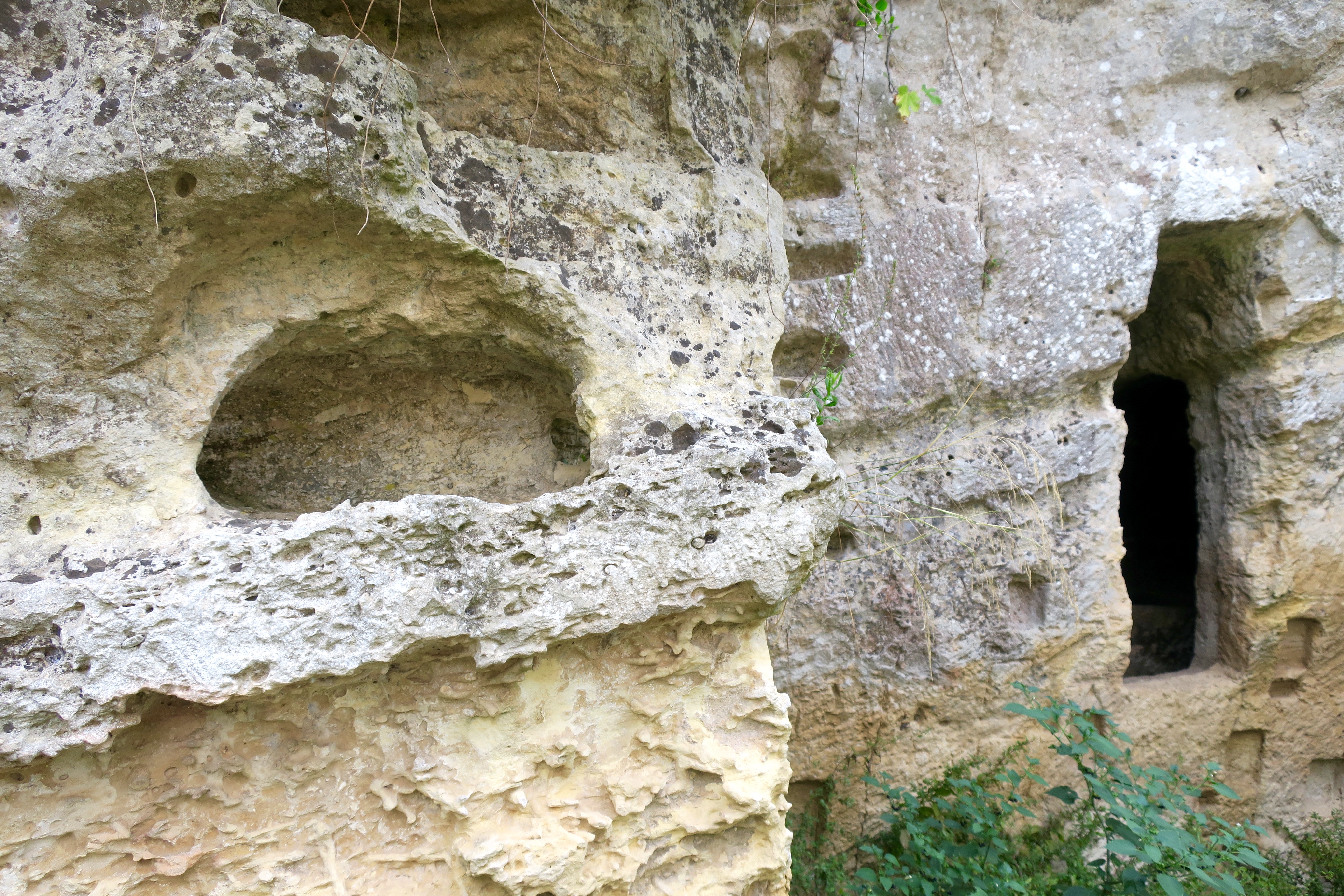
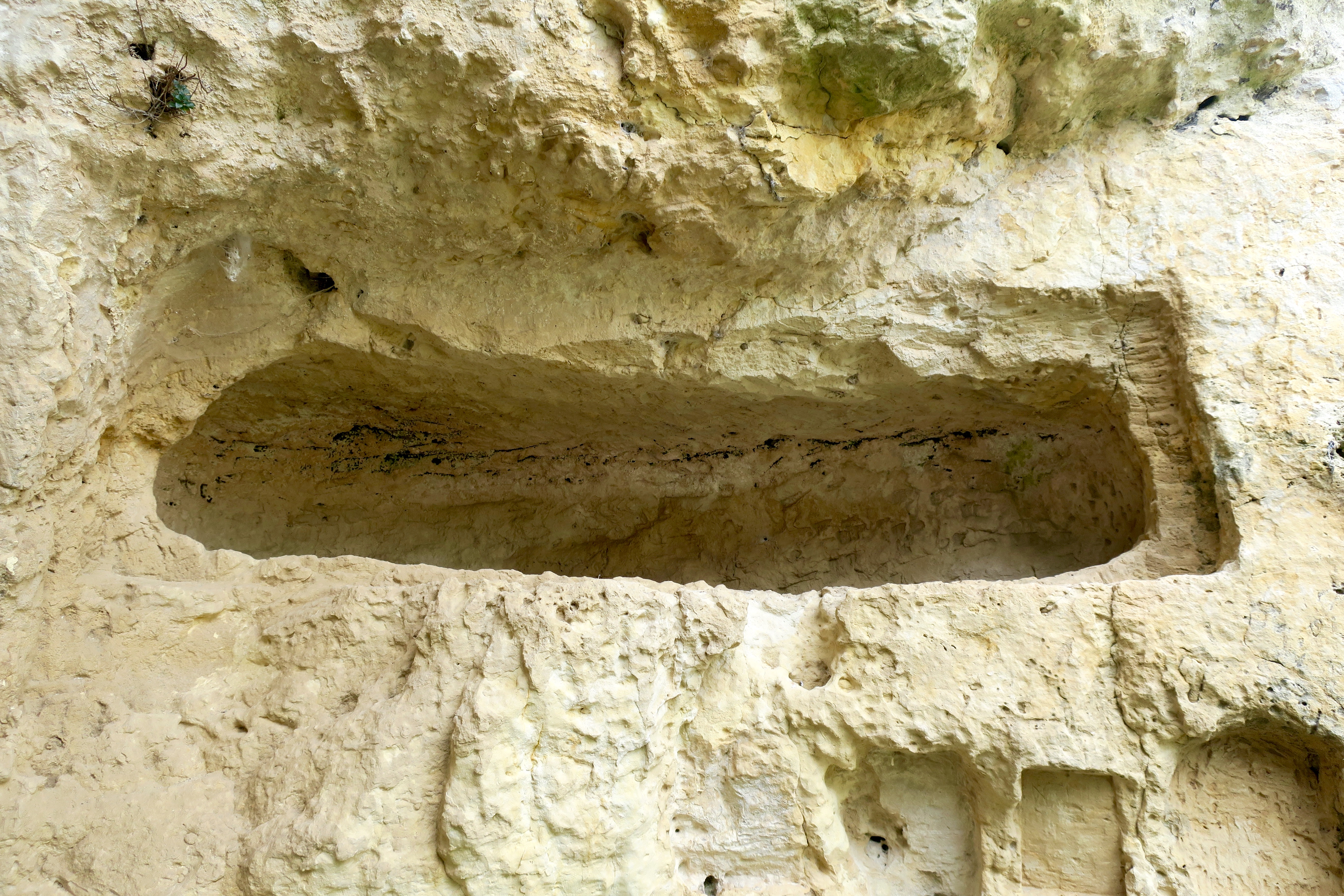



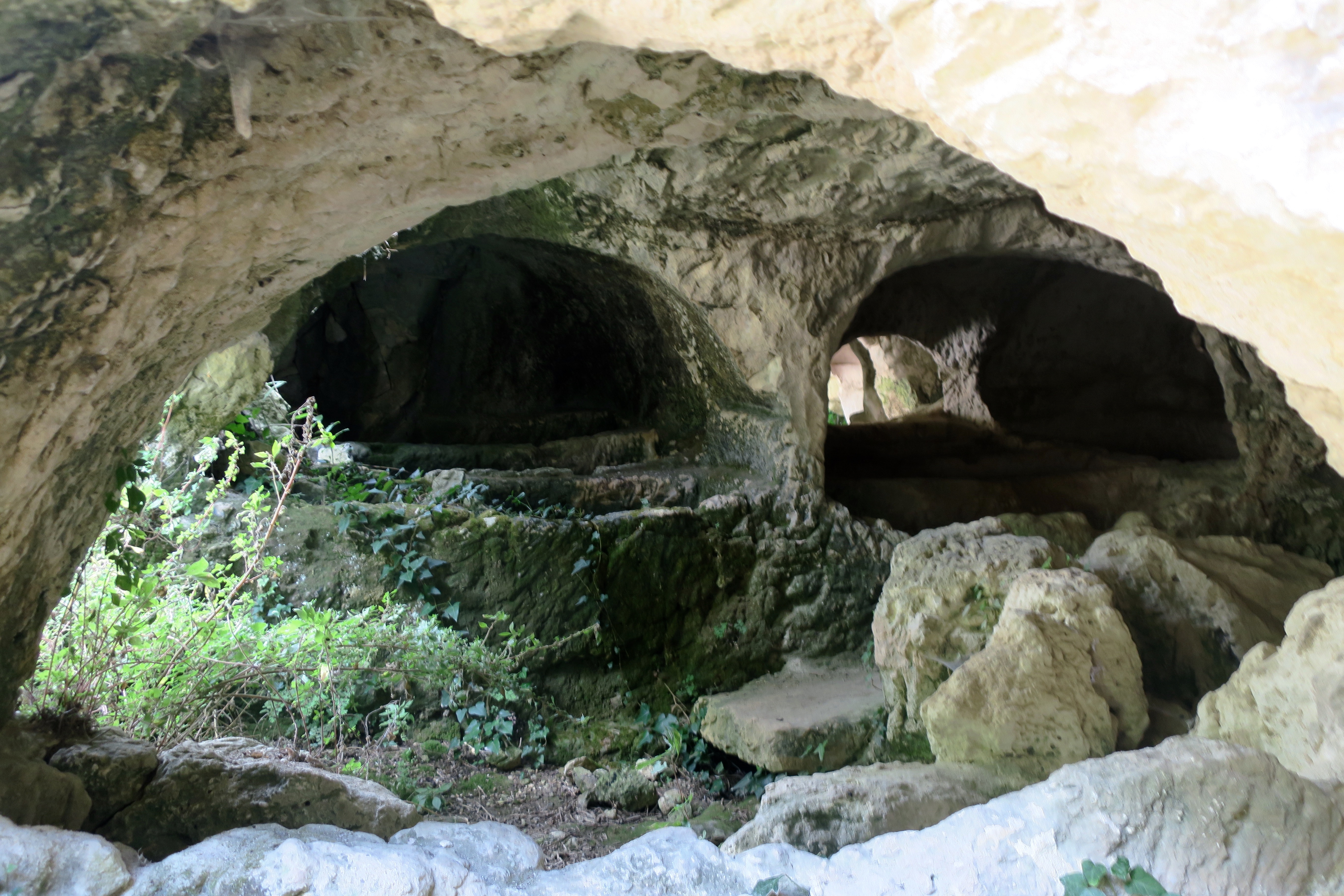
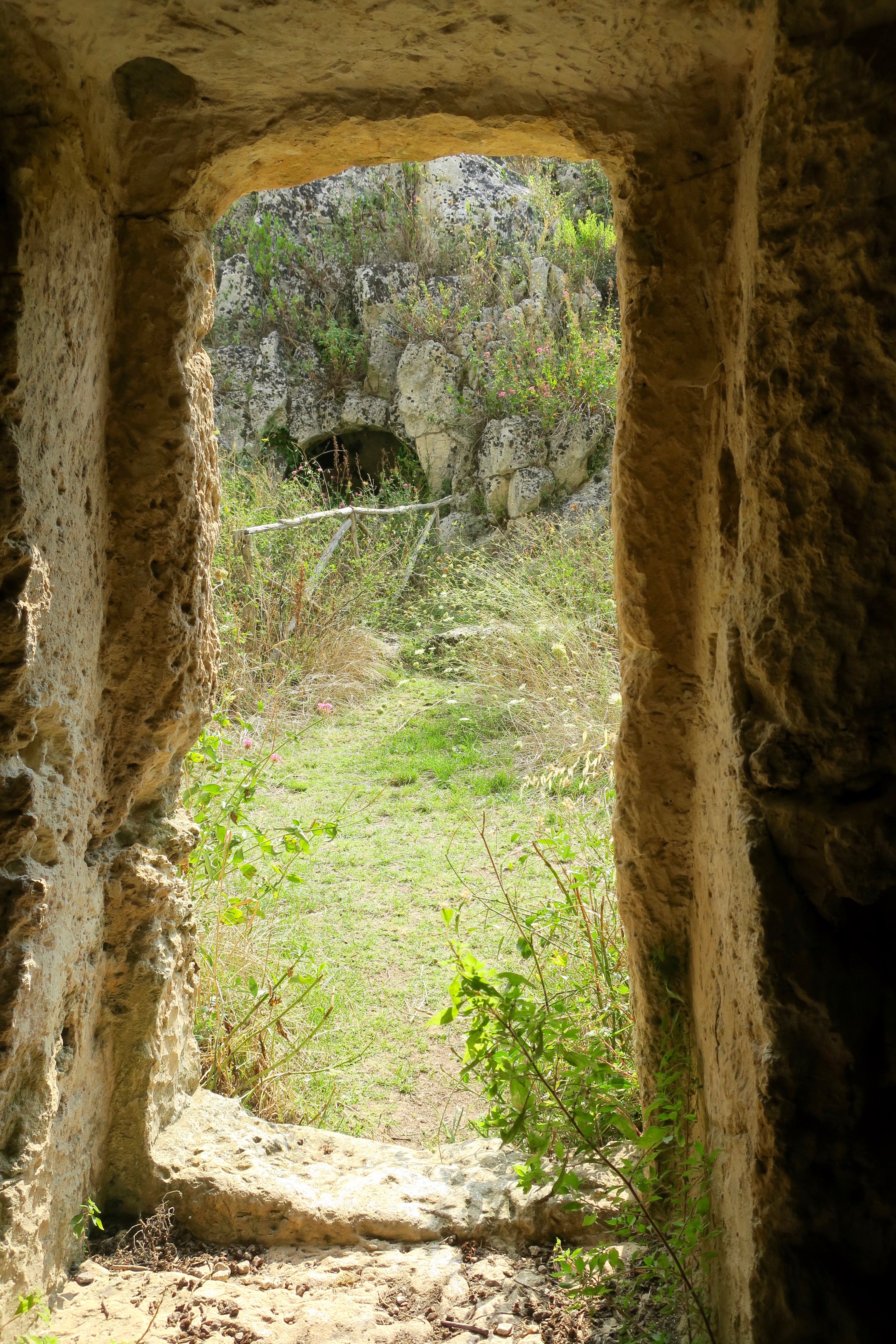

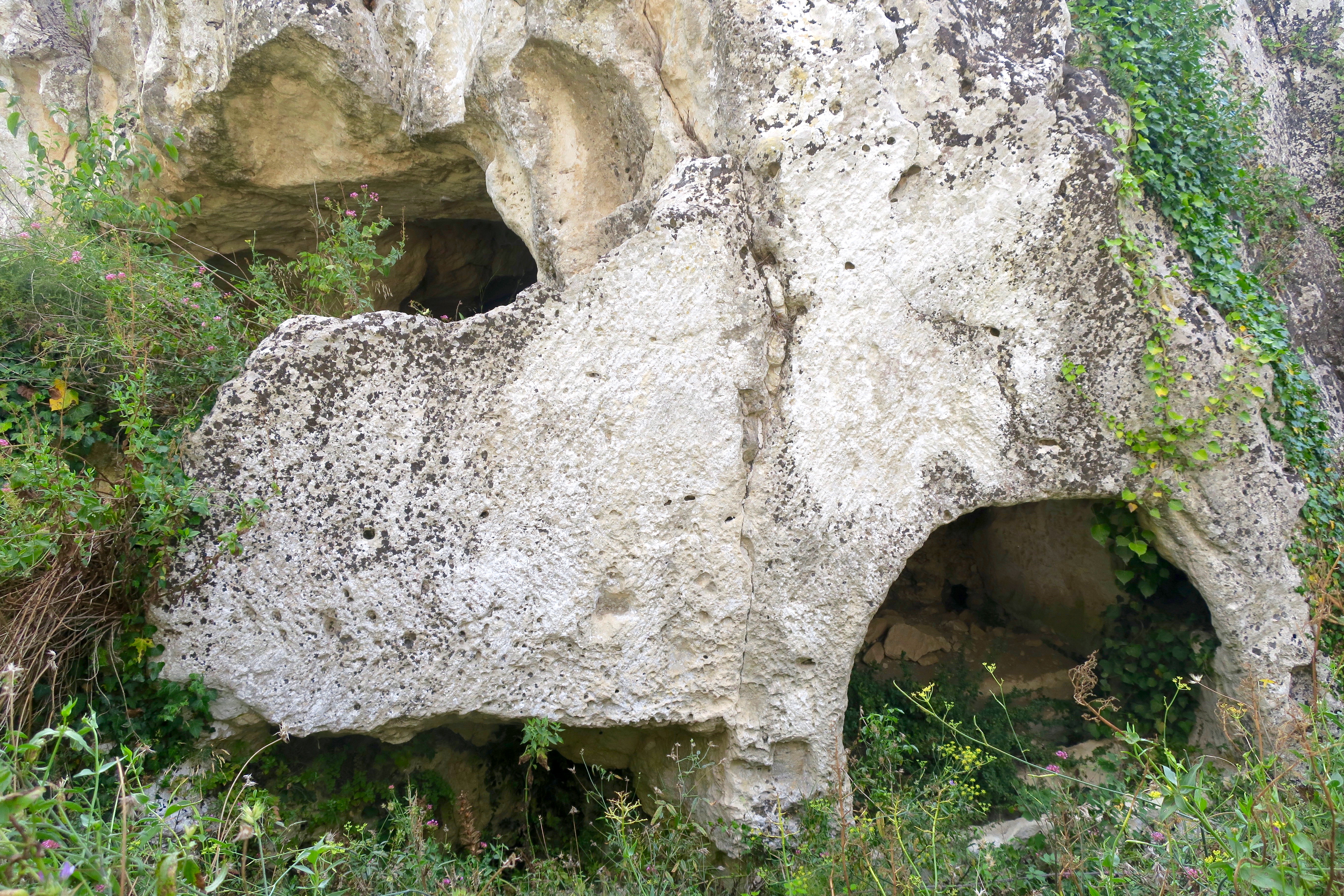


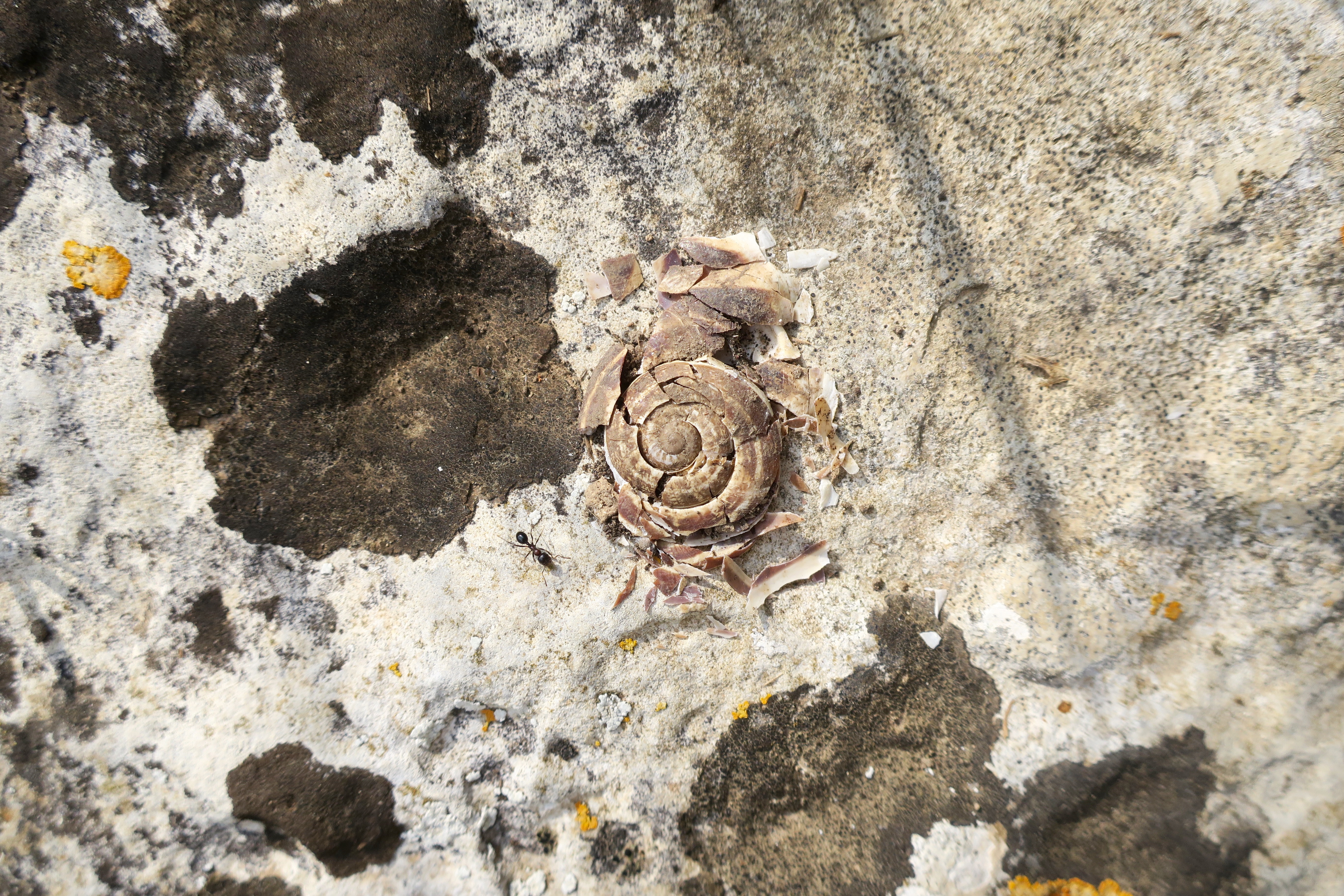
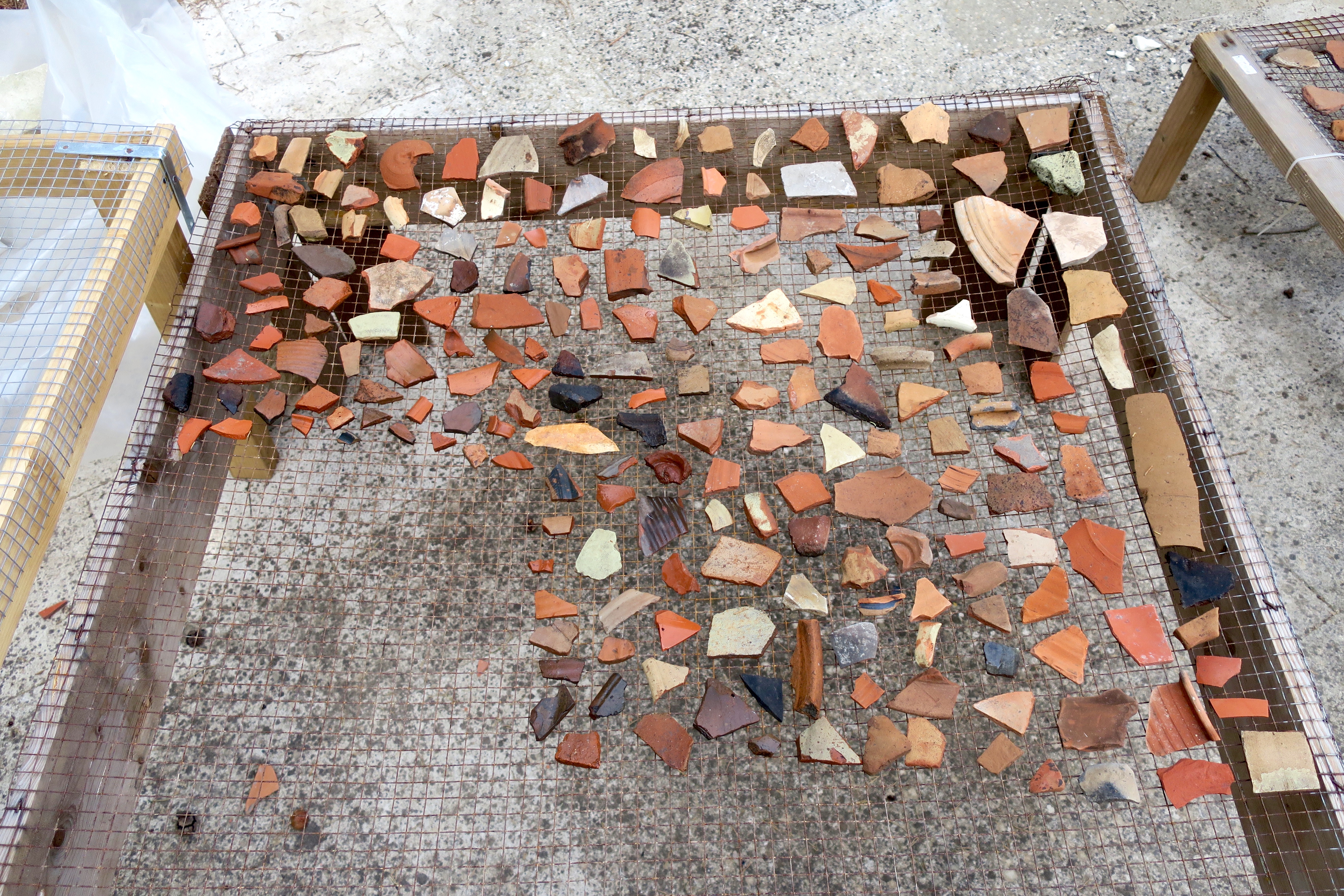

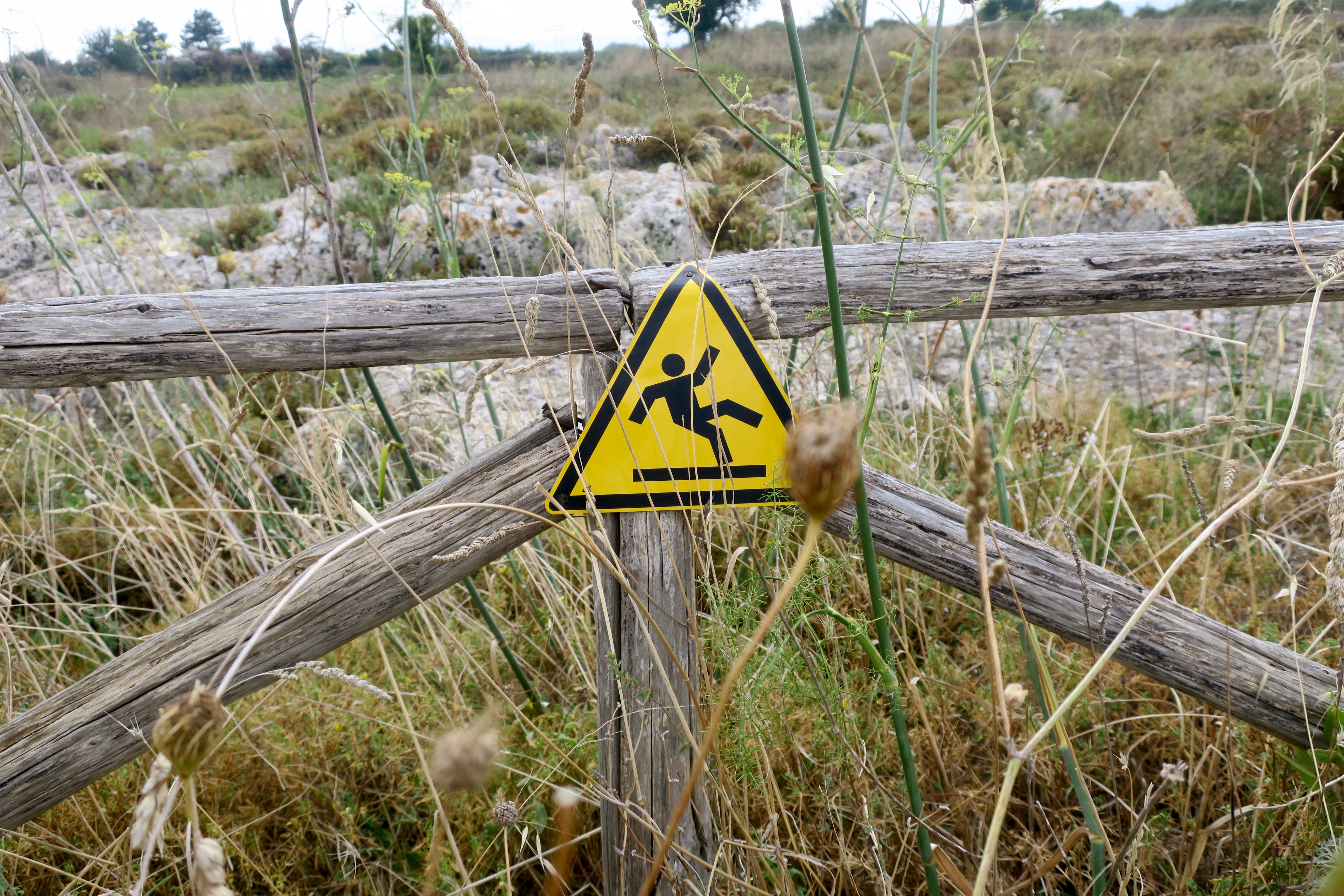
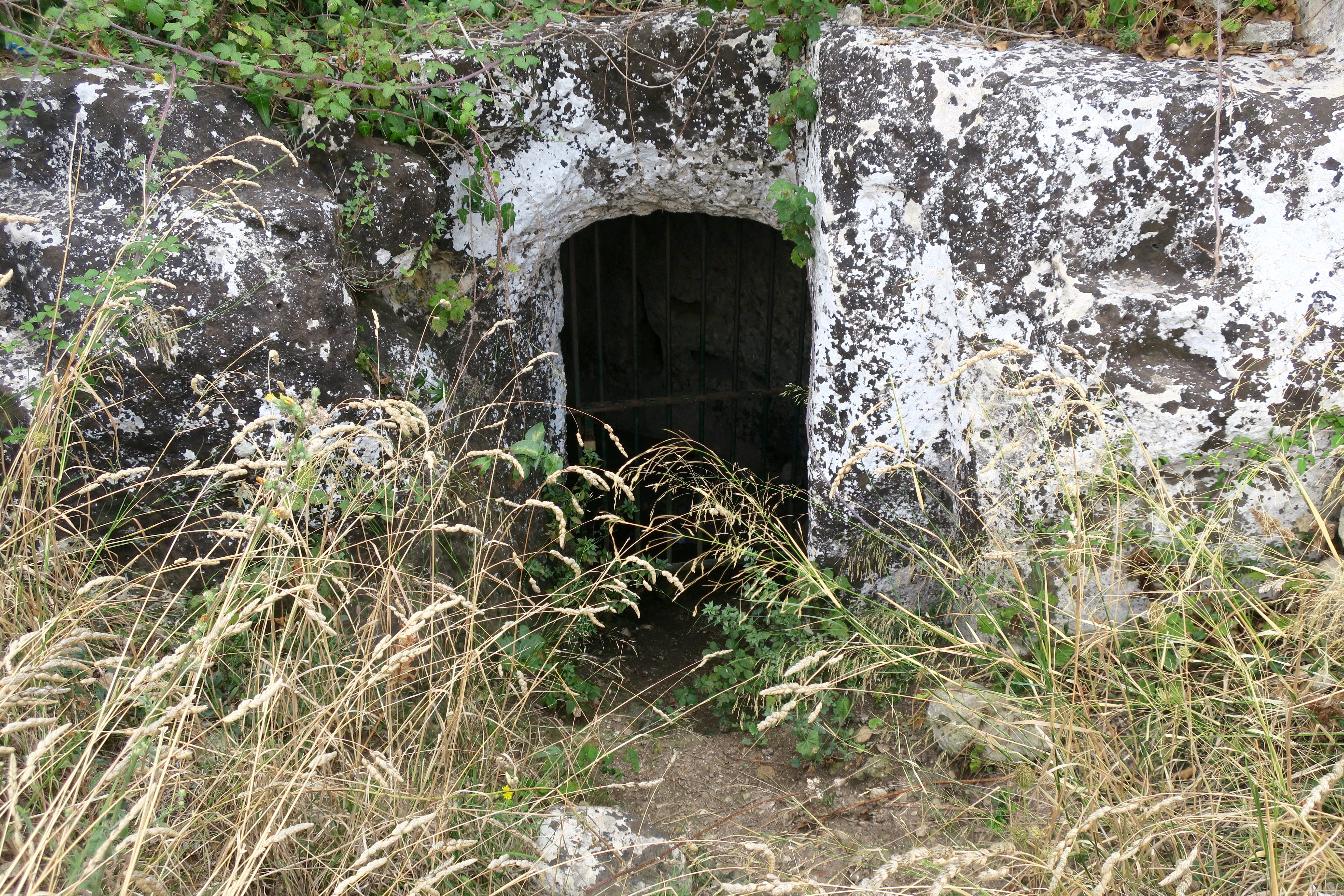



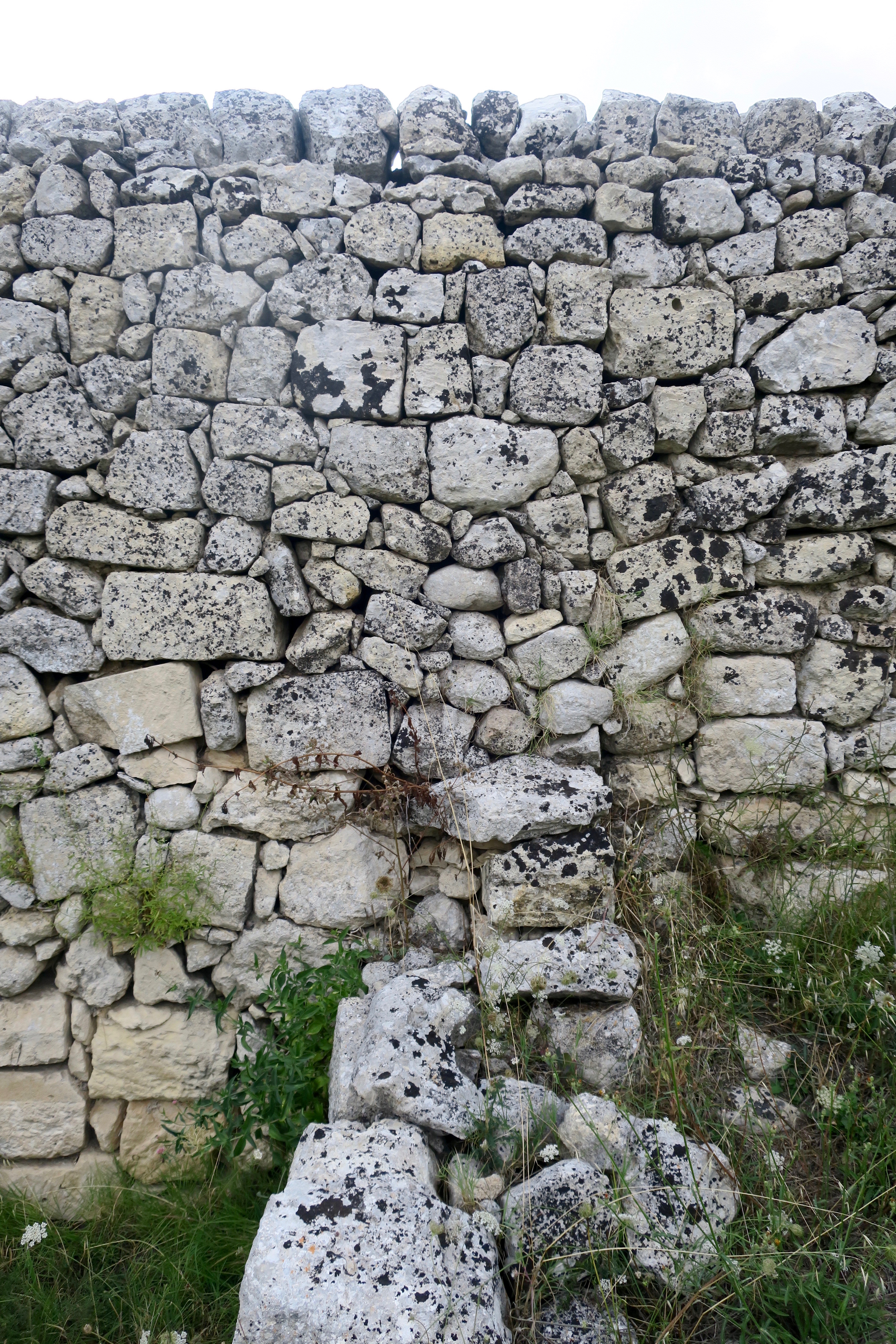

One thought on “Akrai”